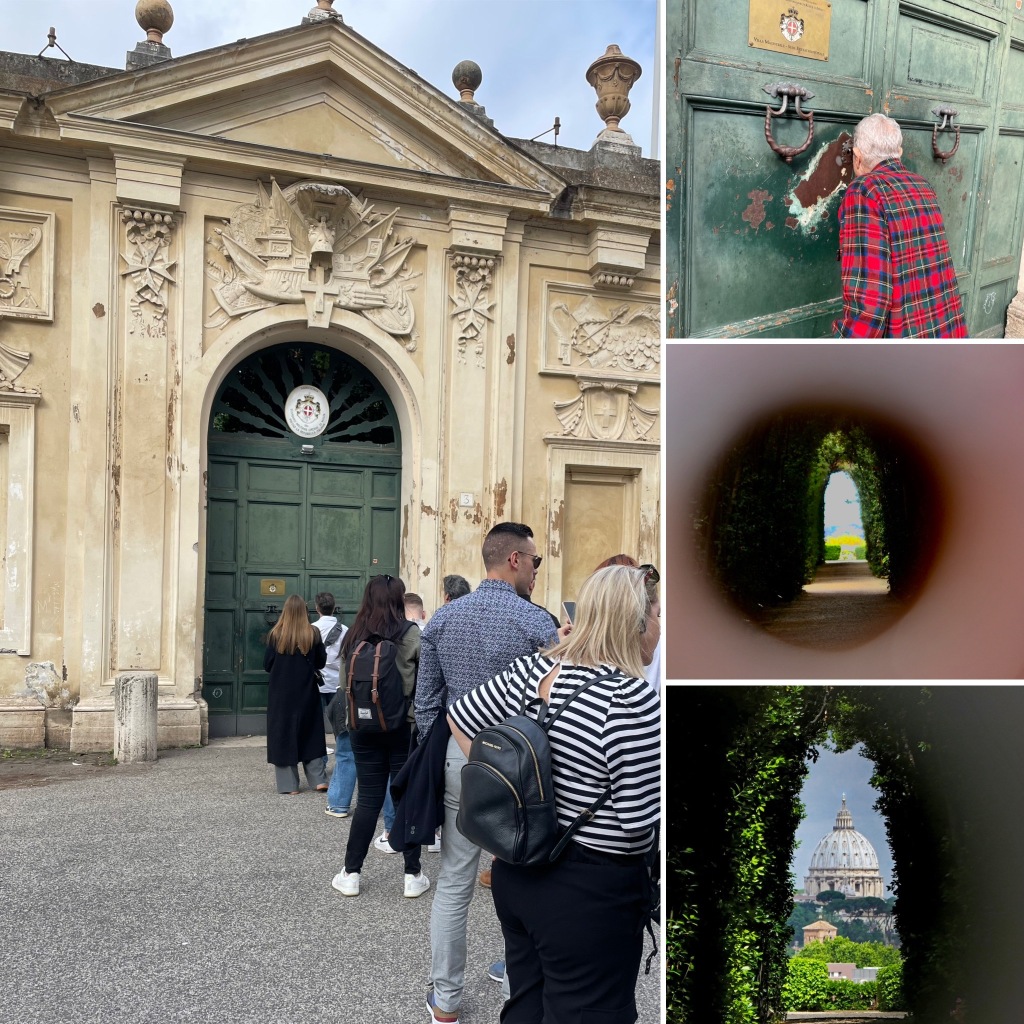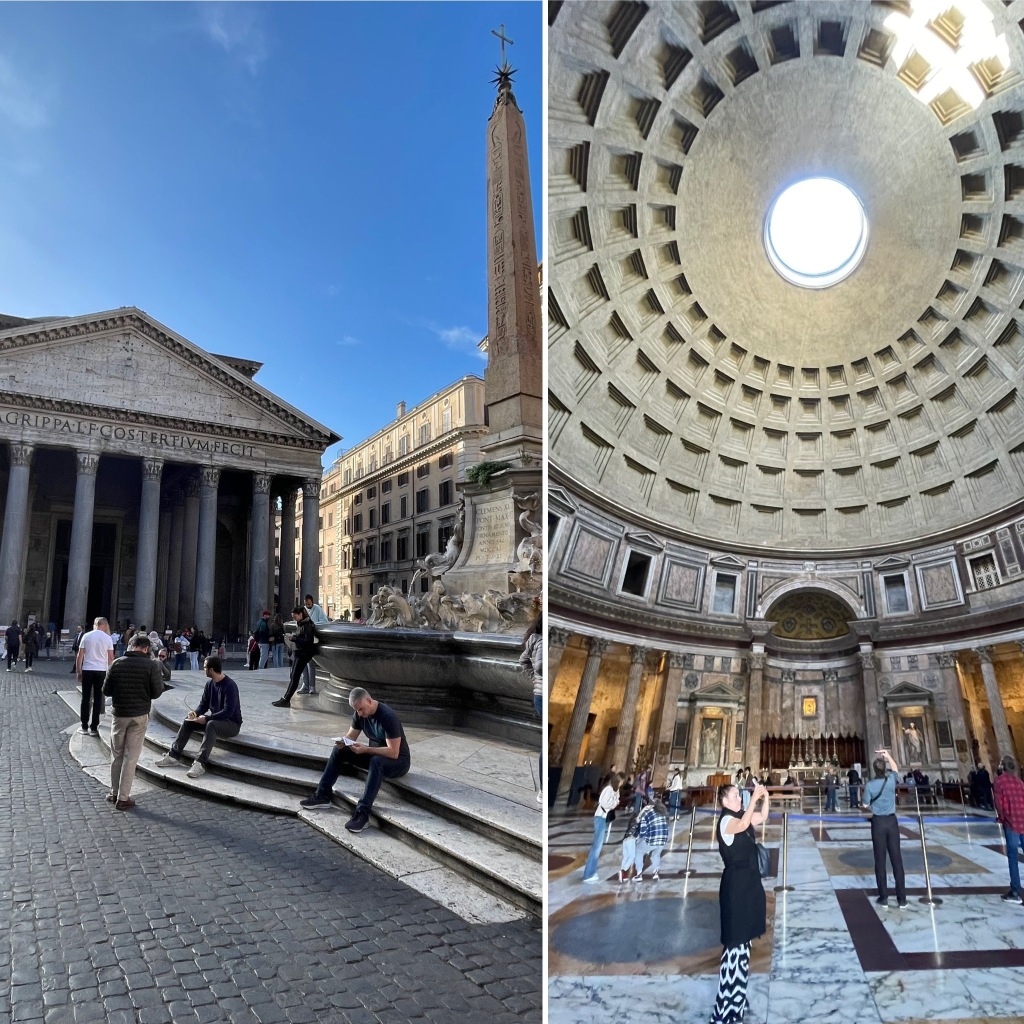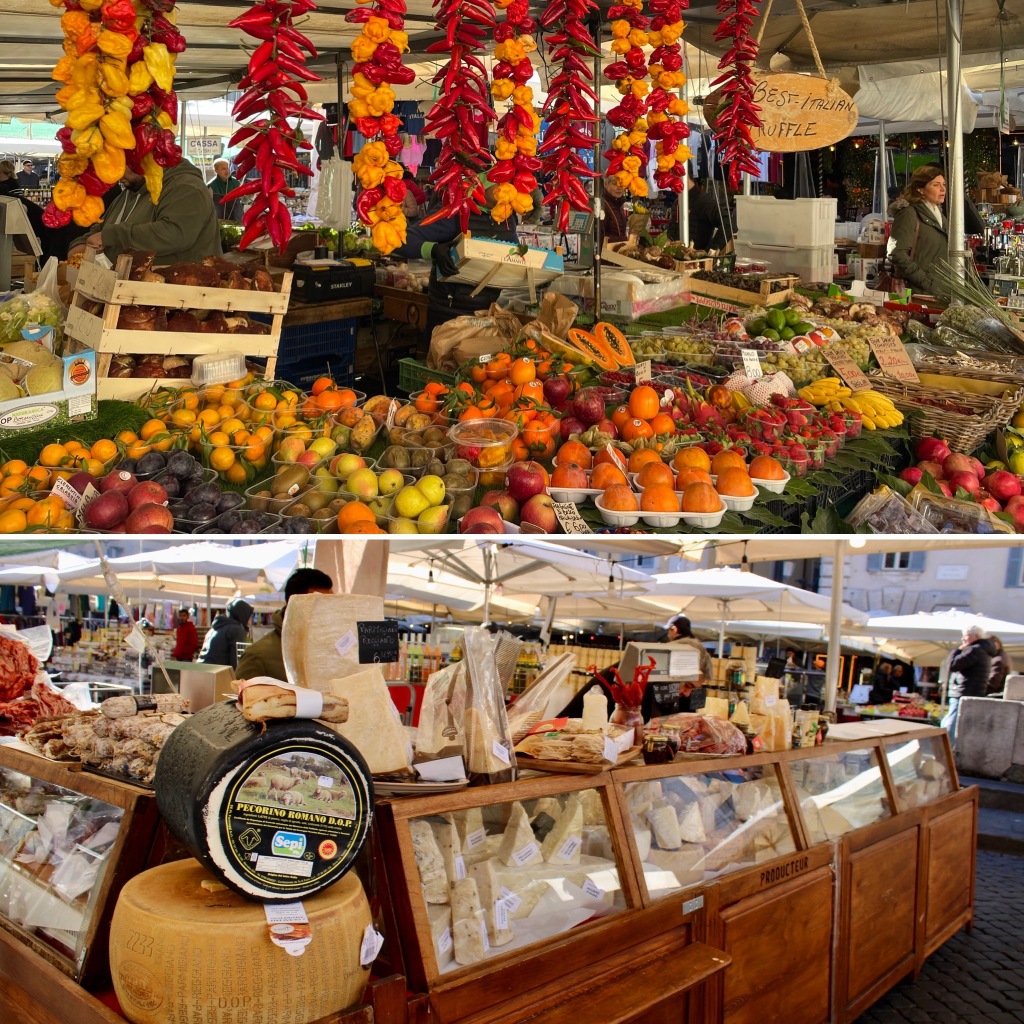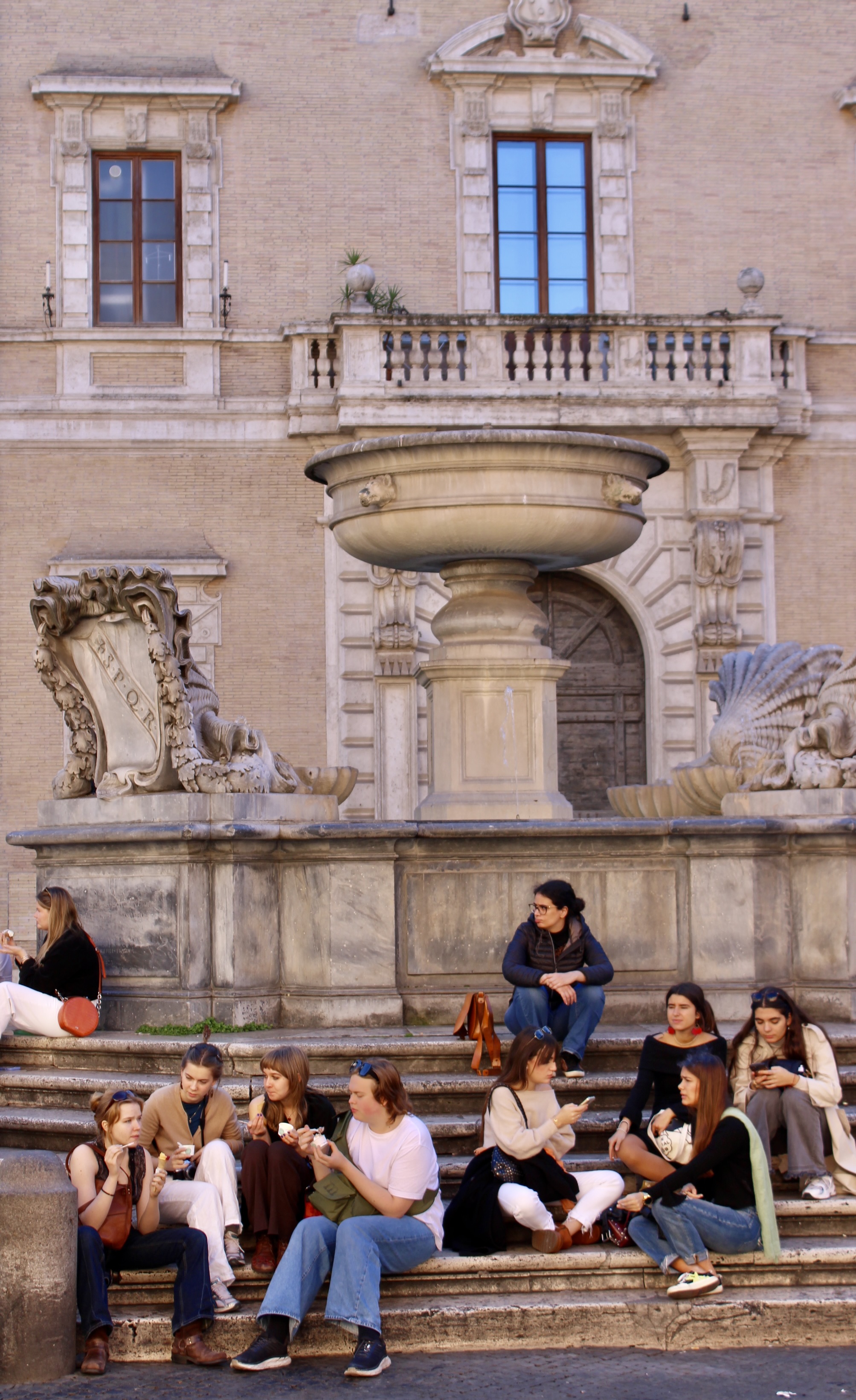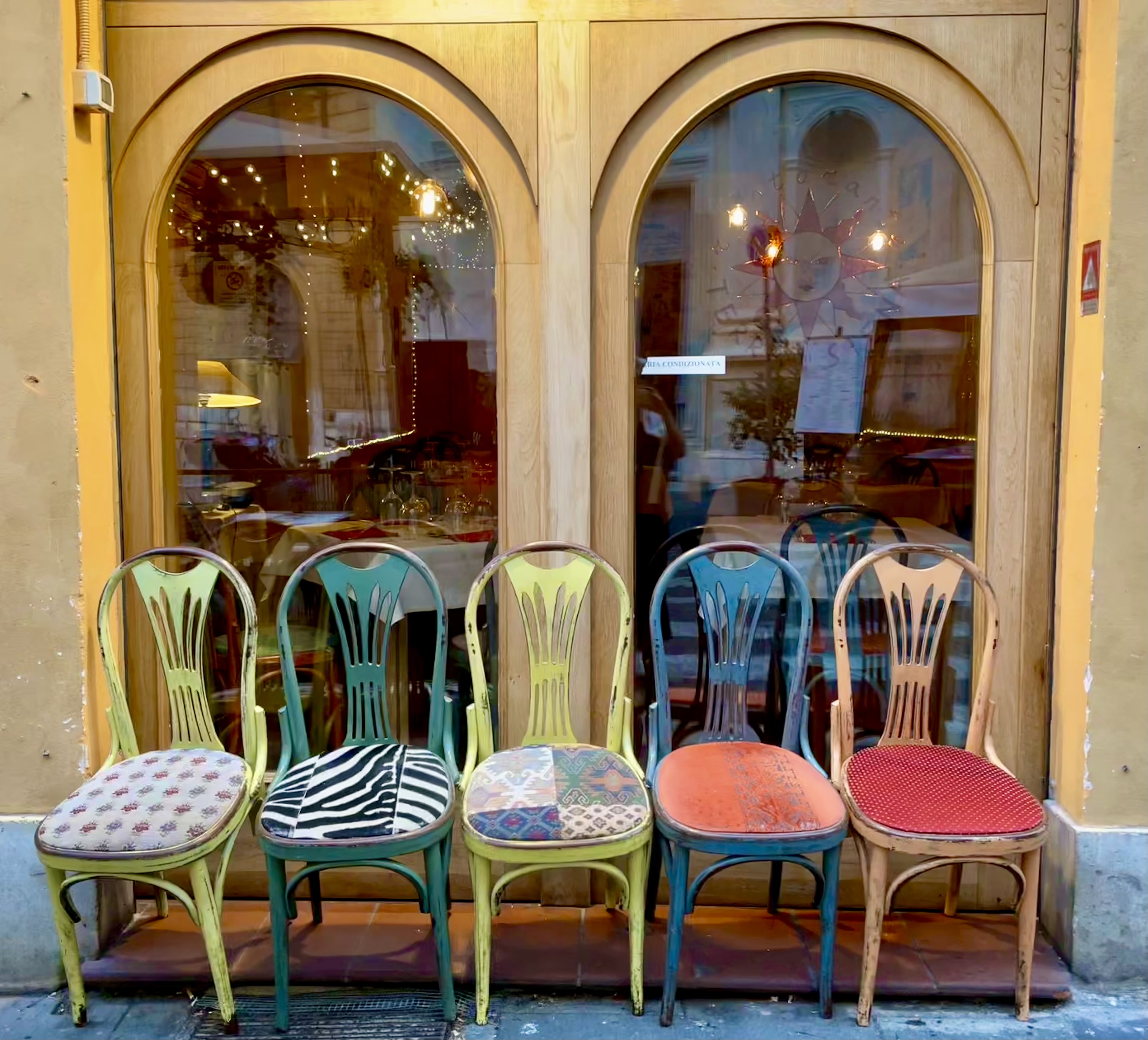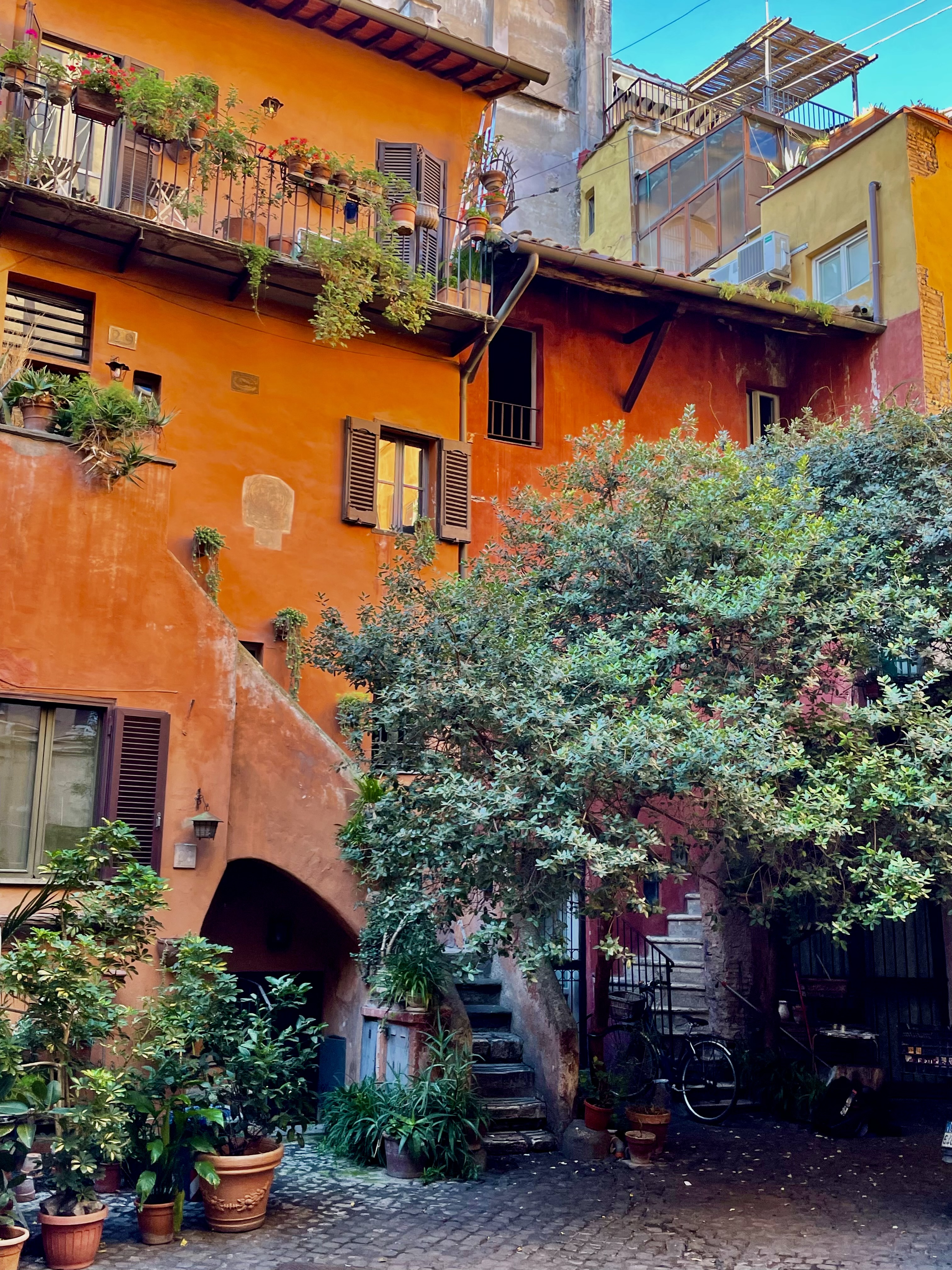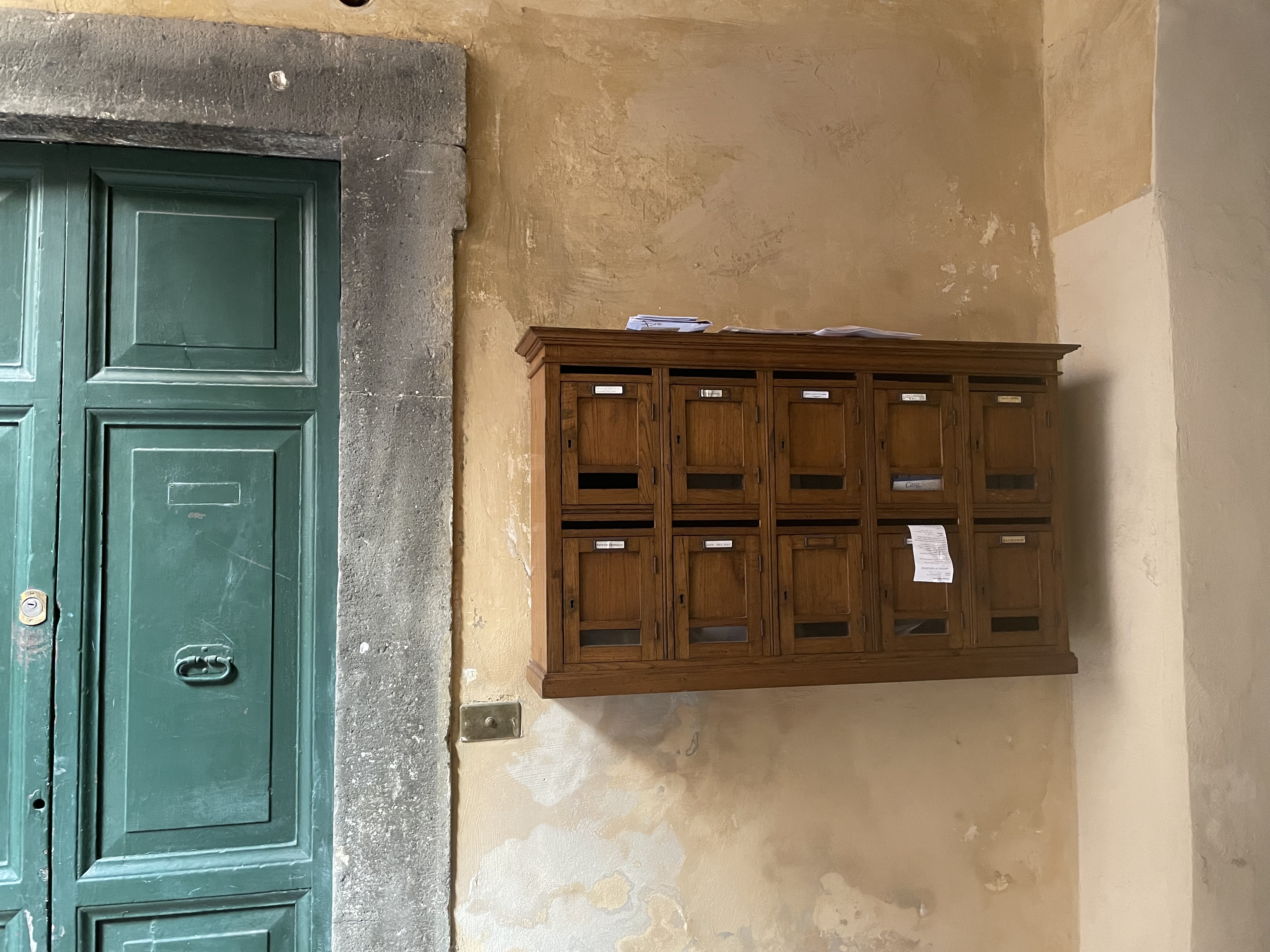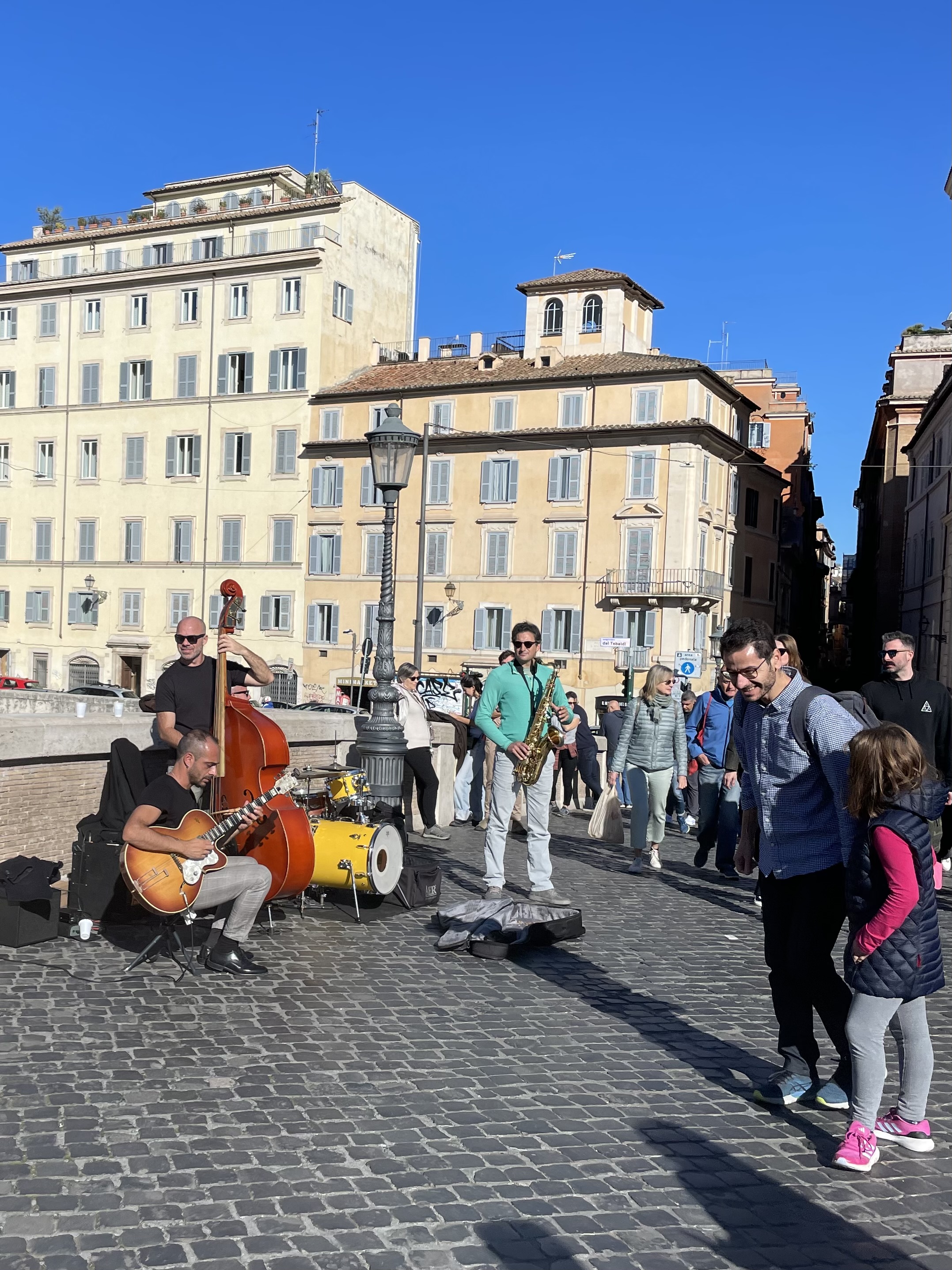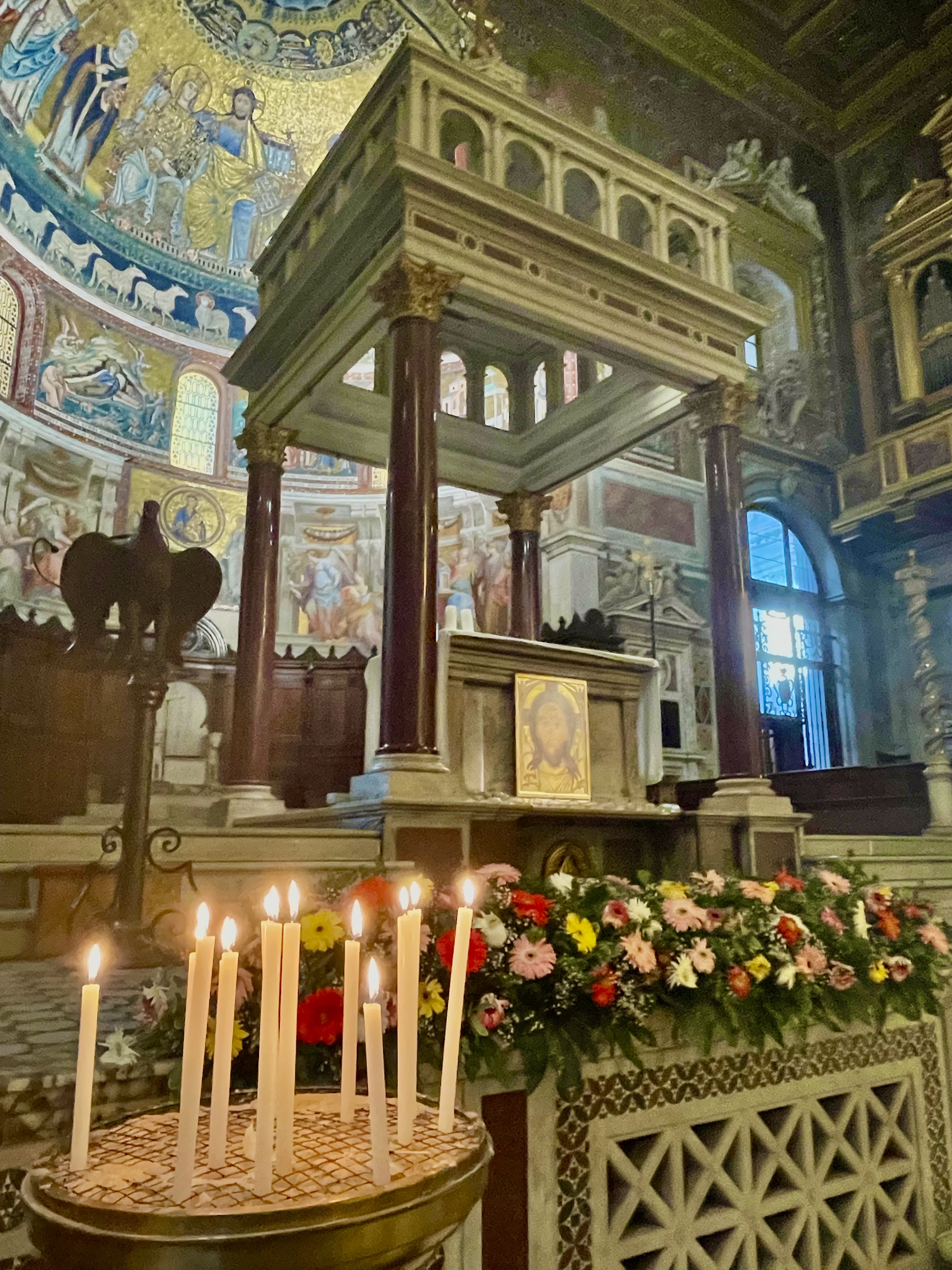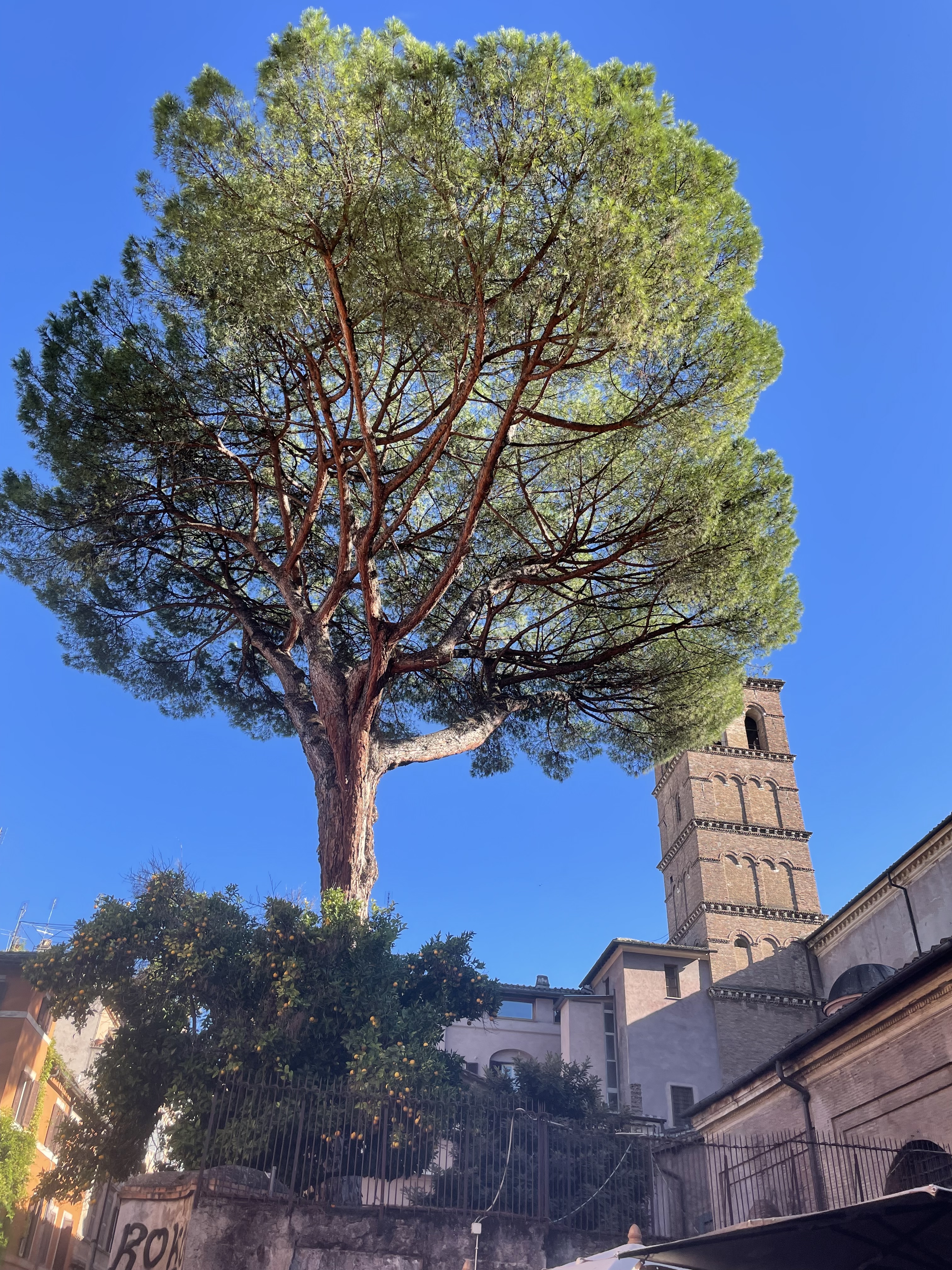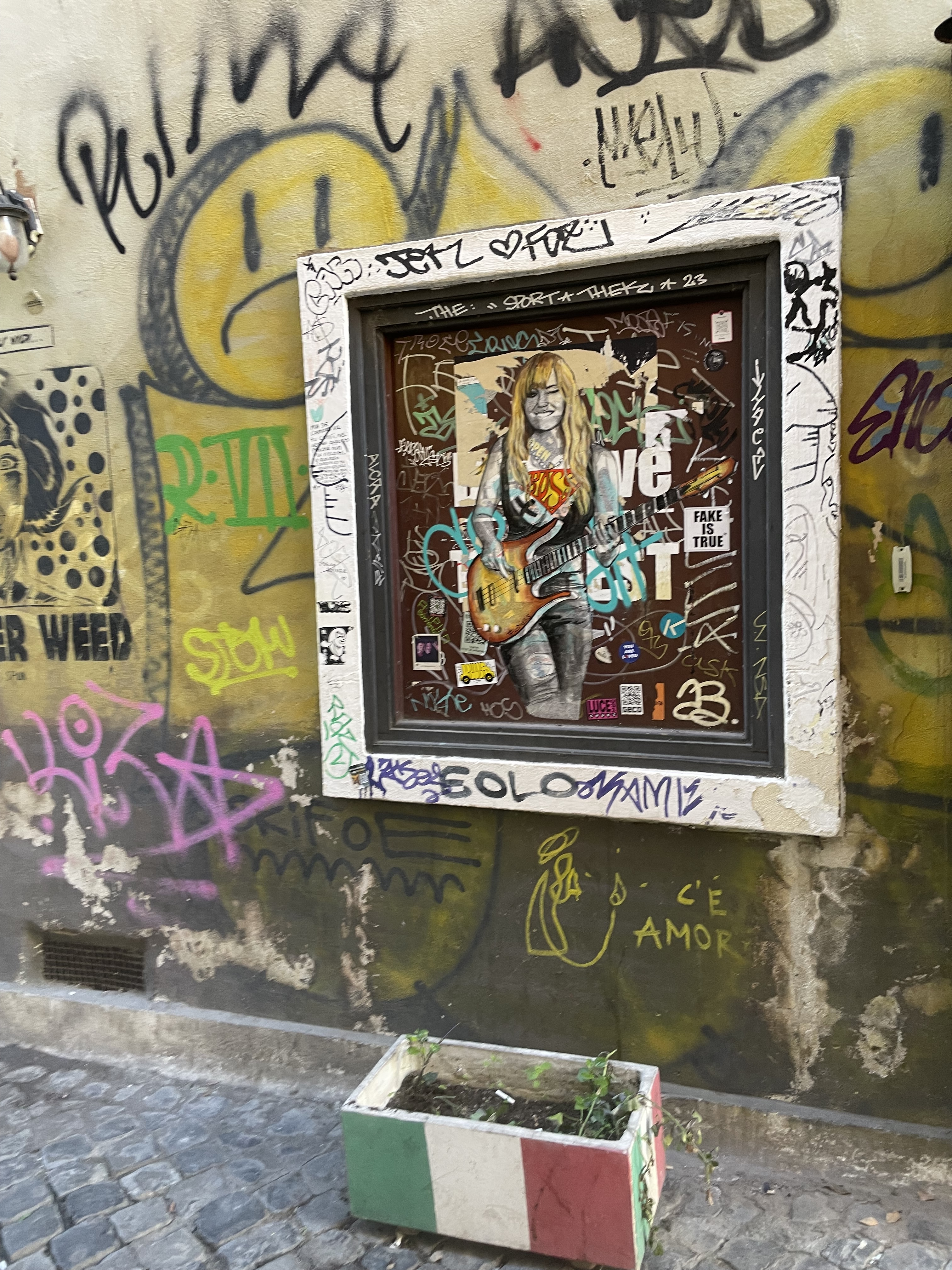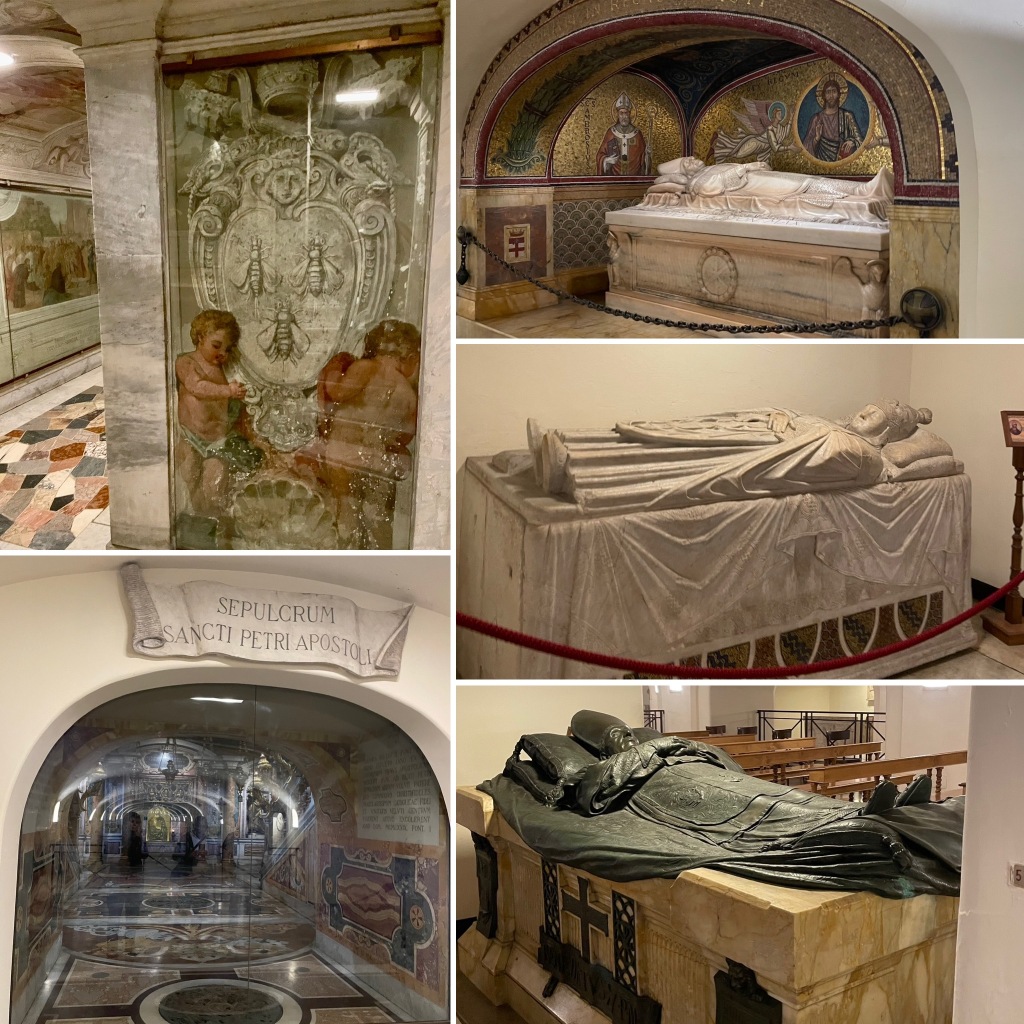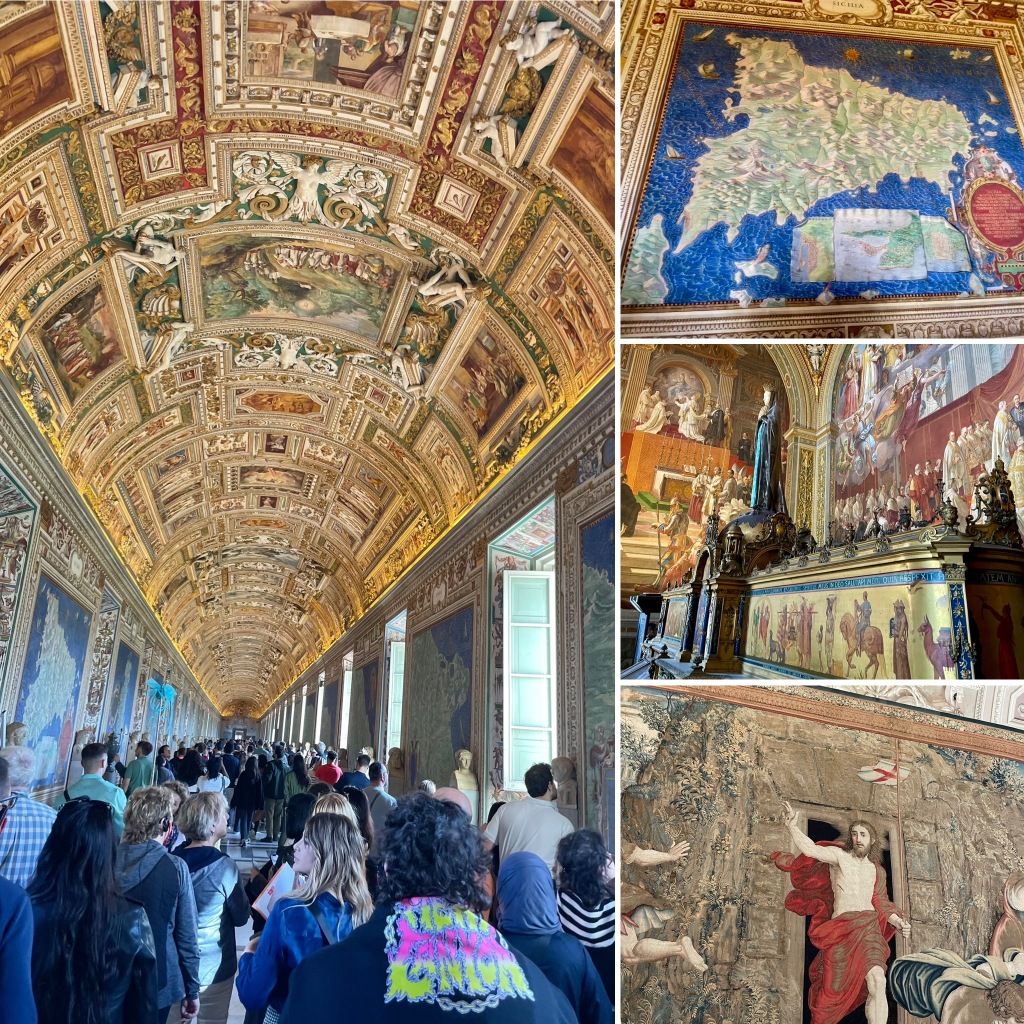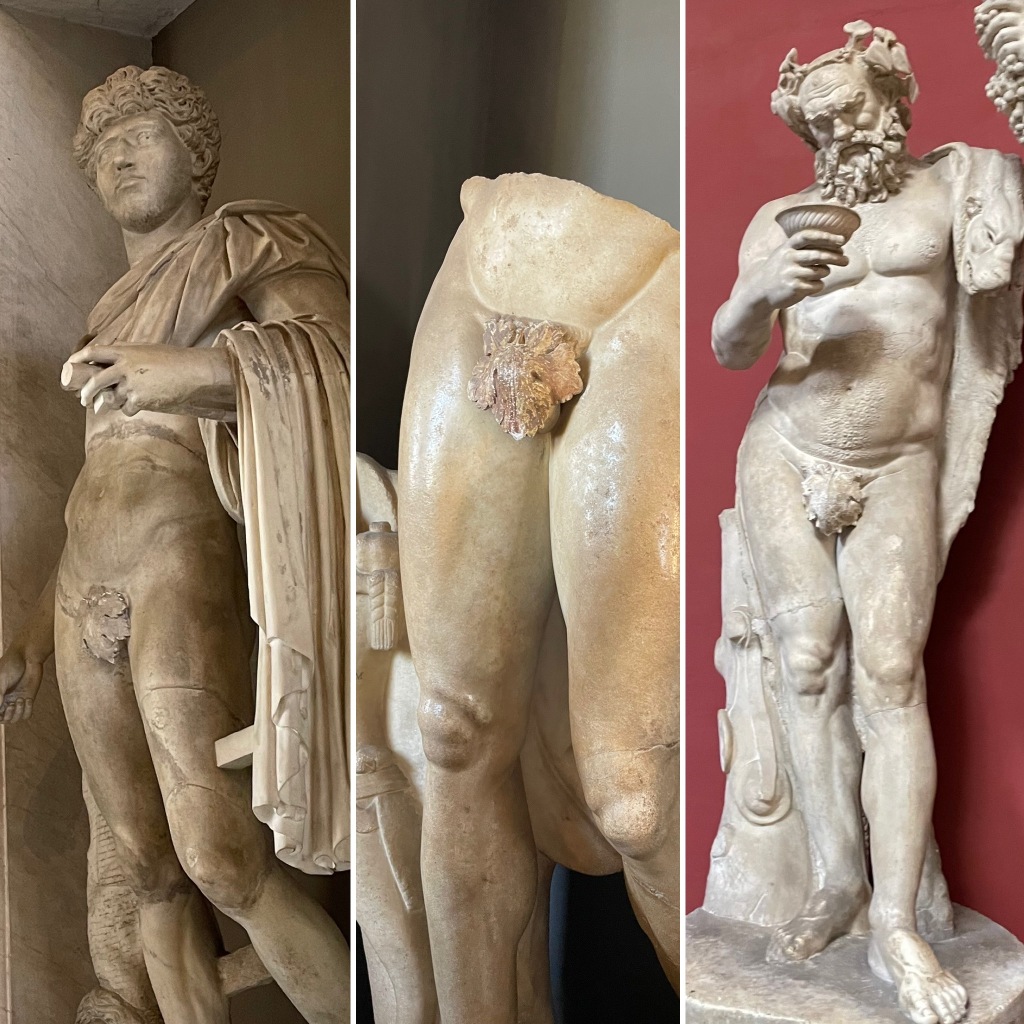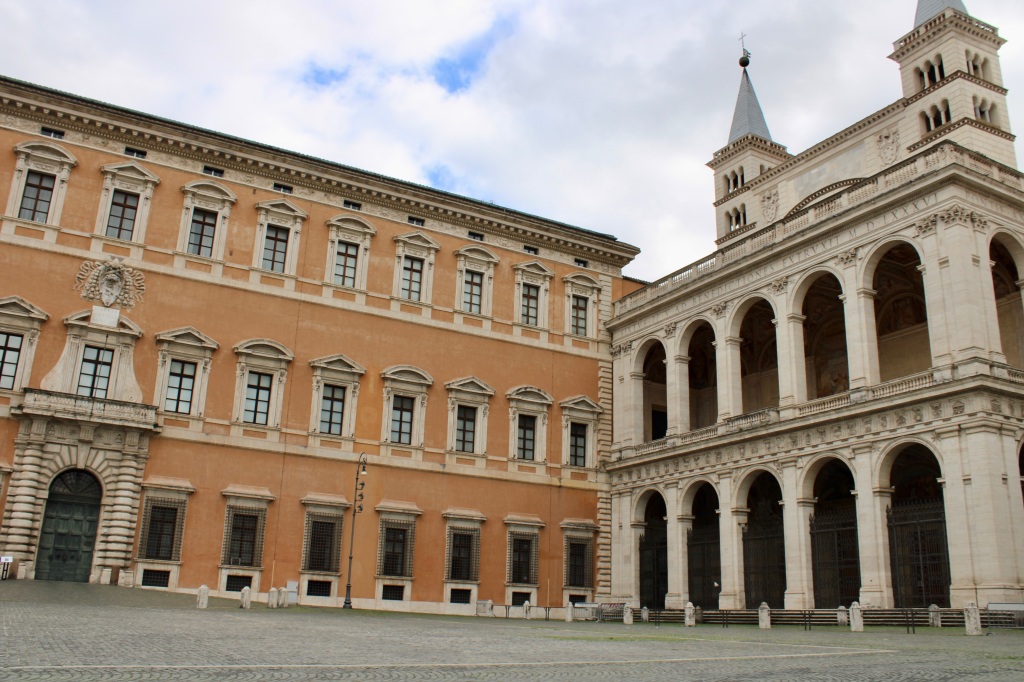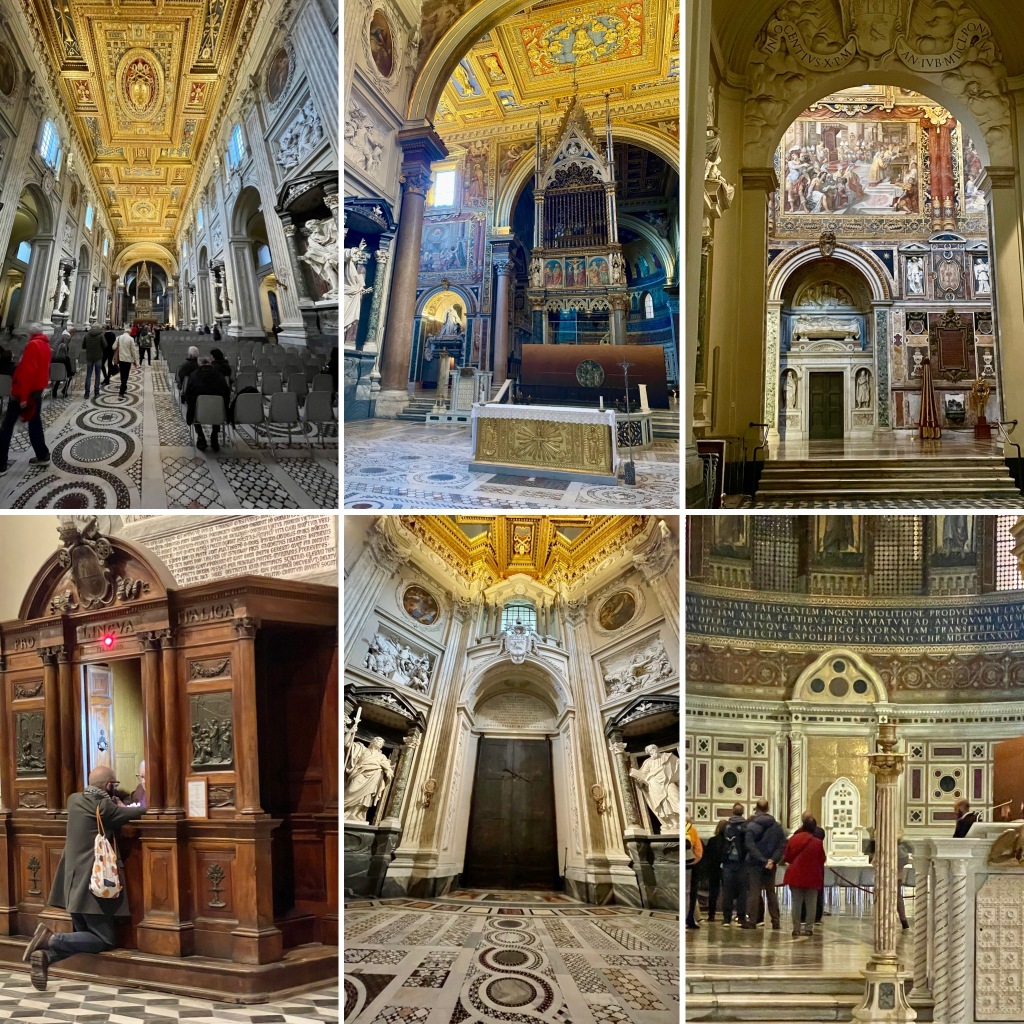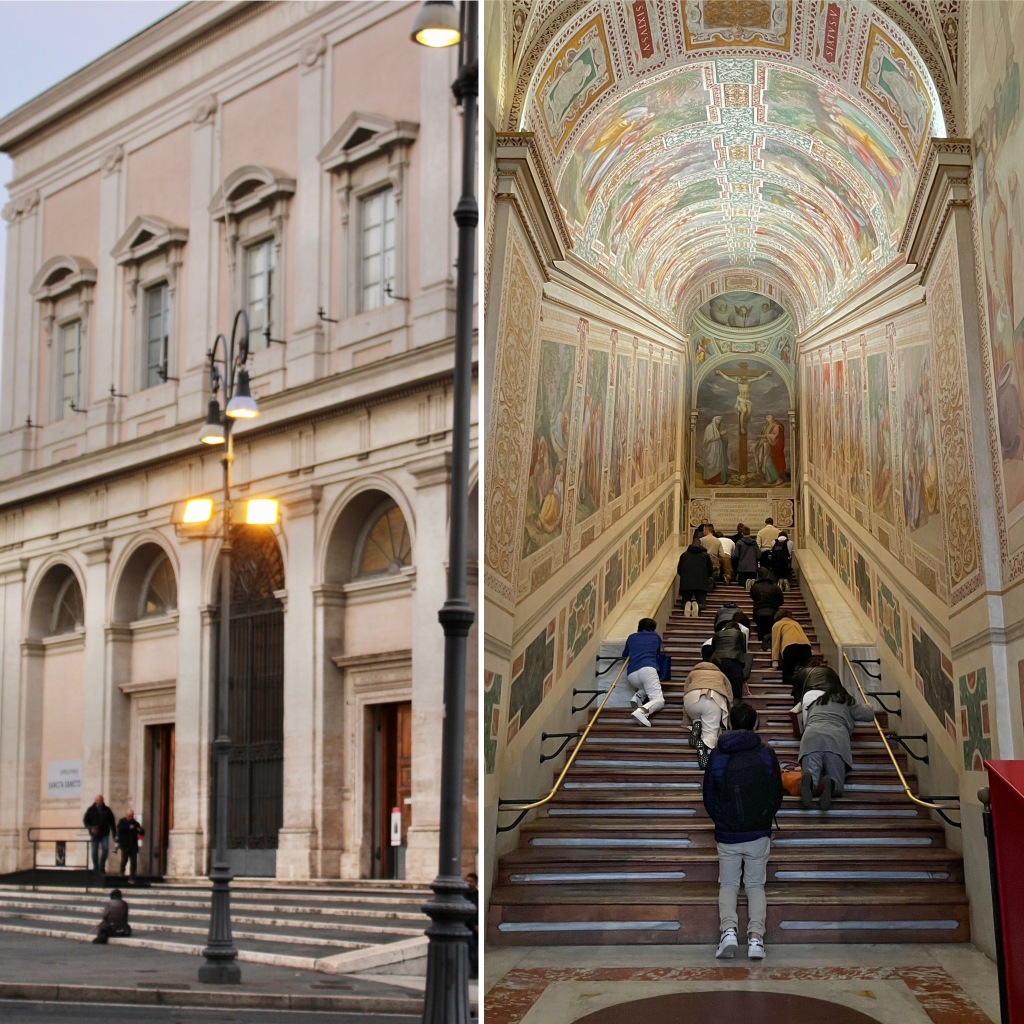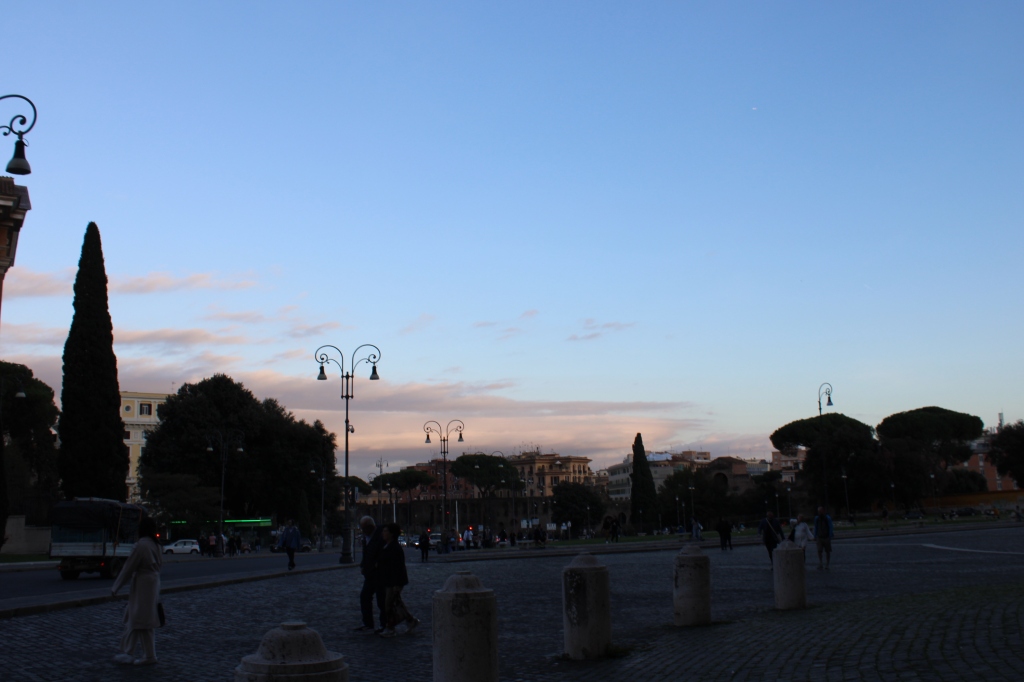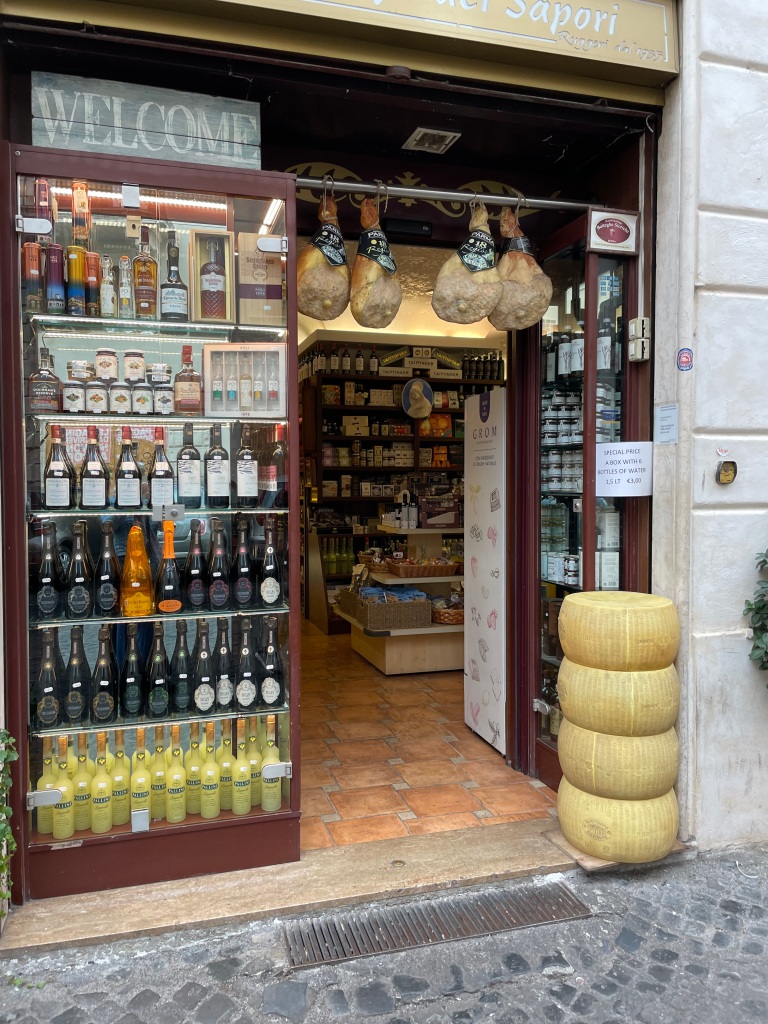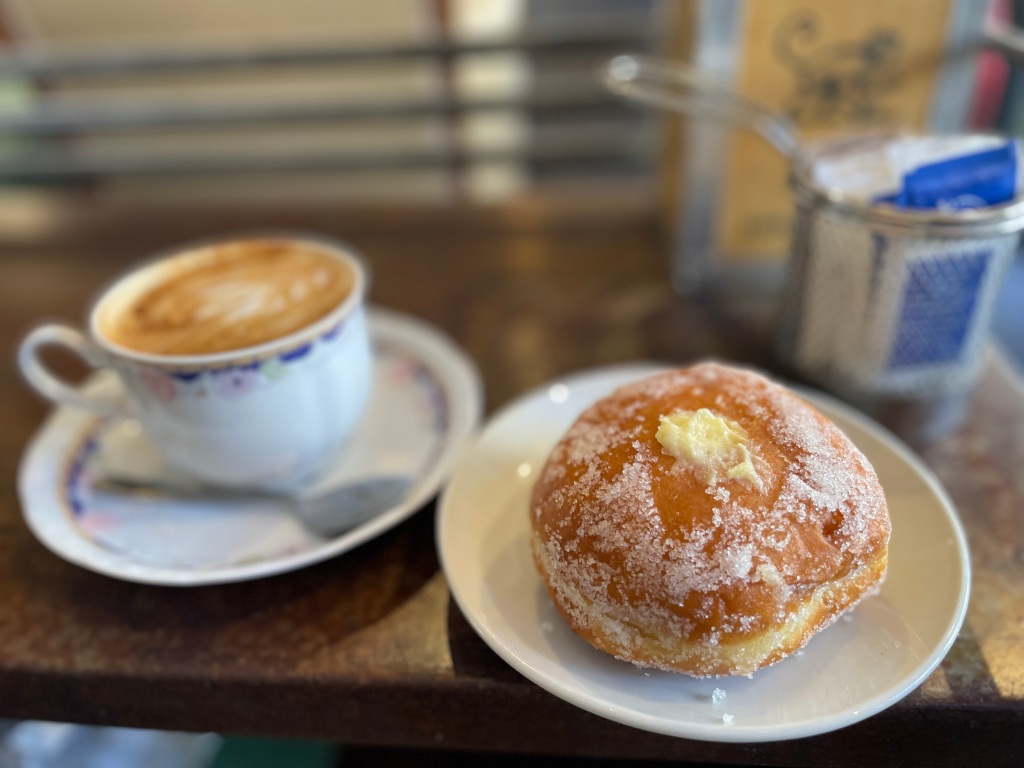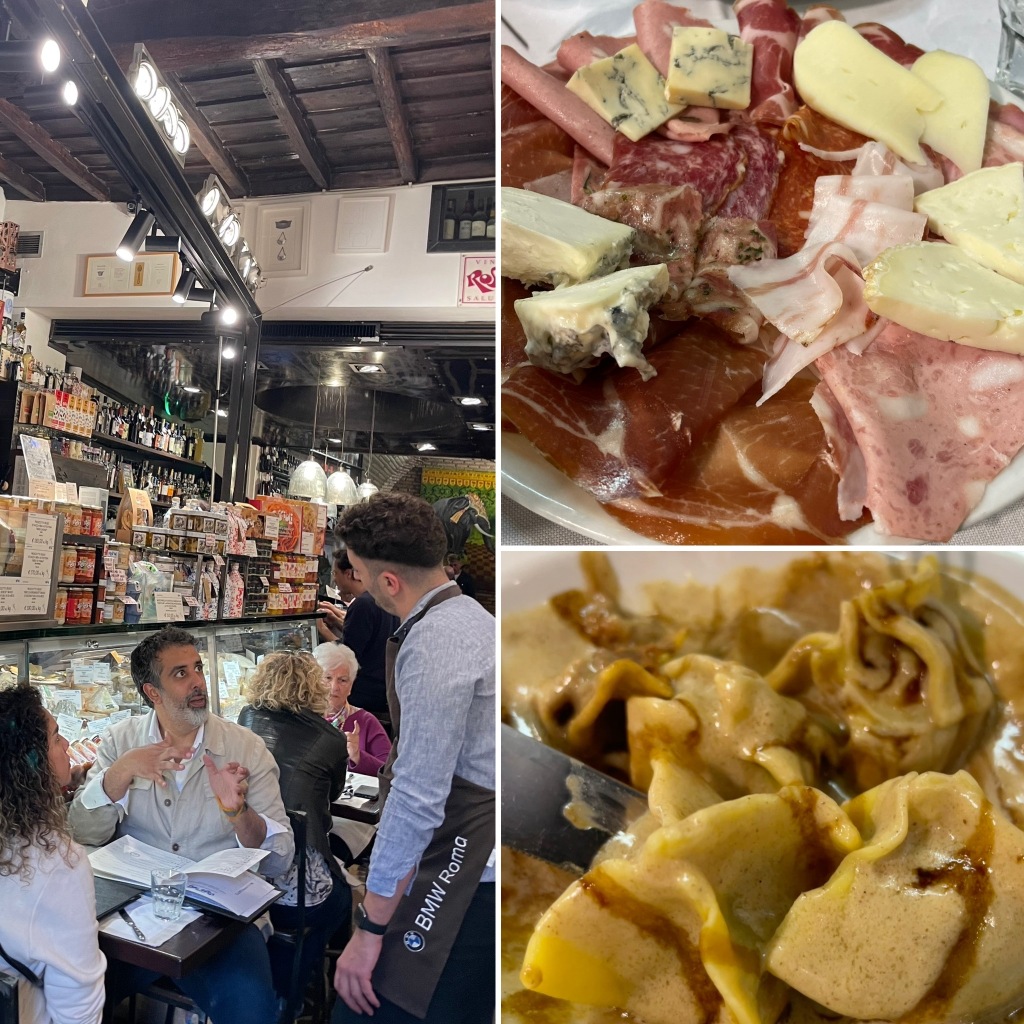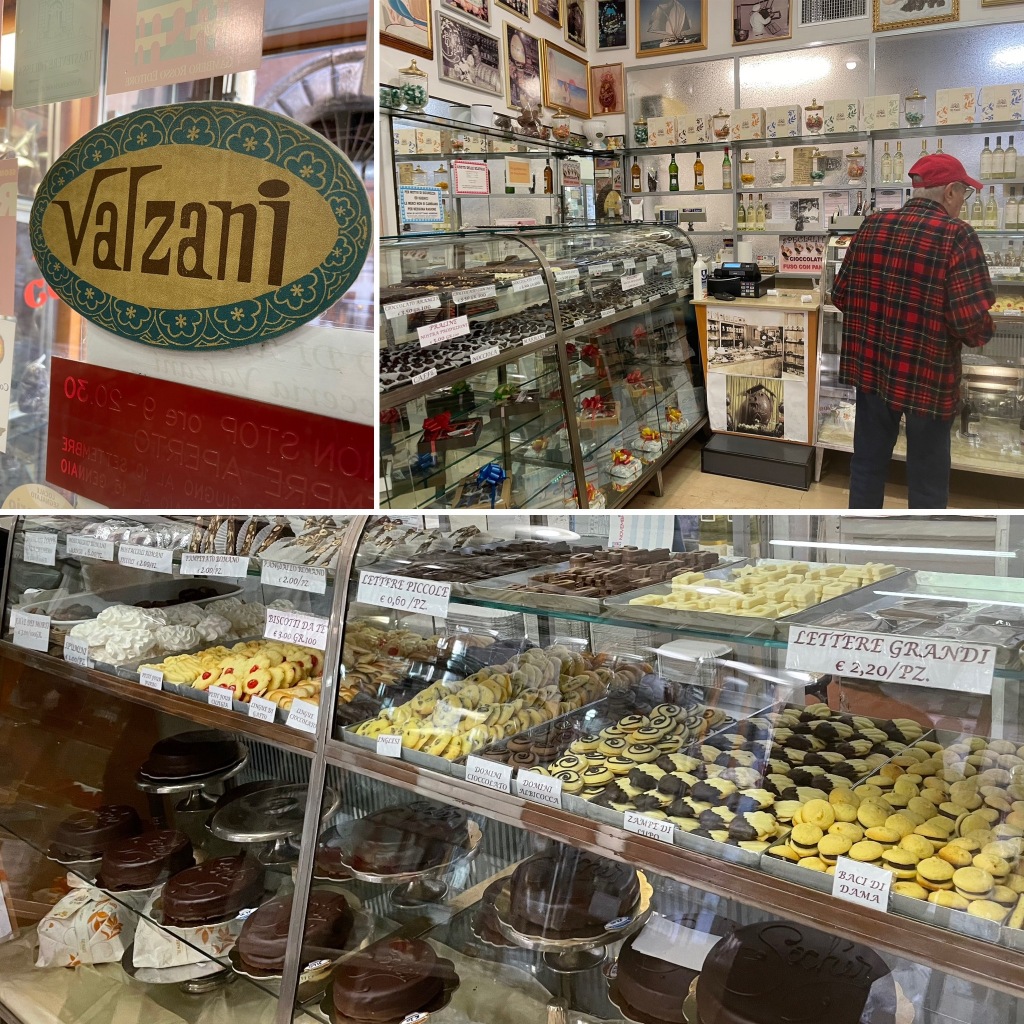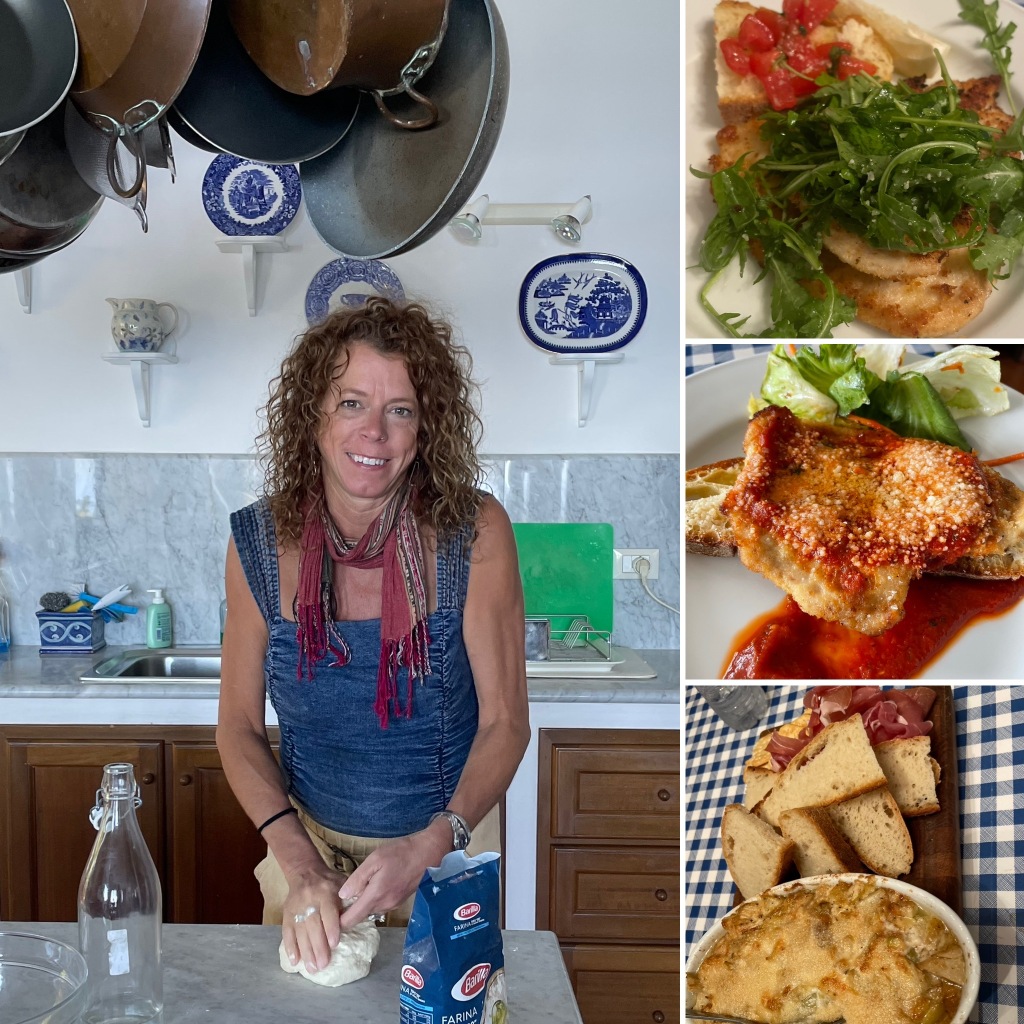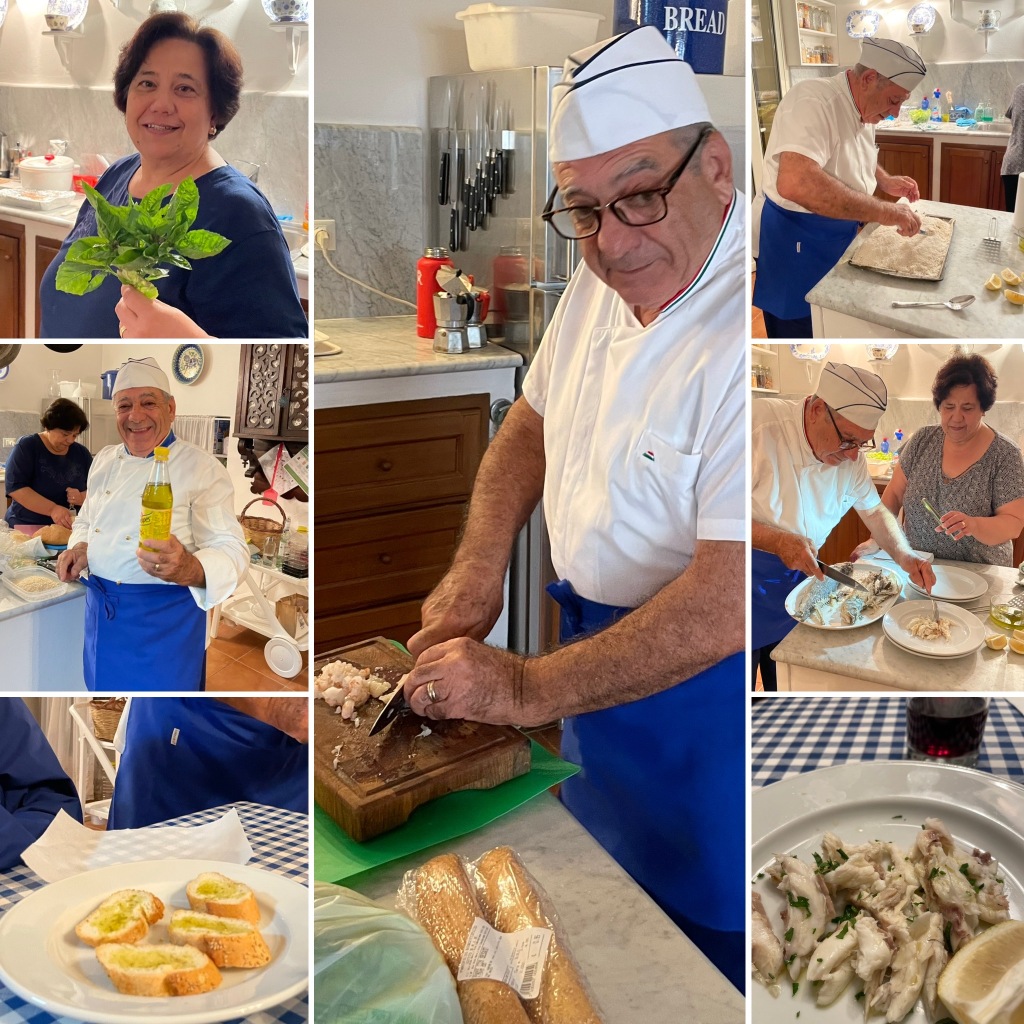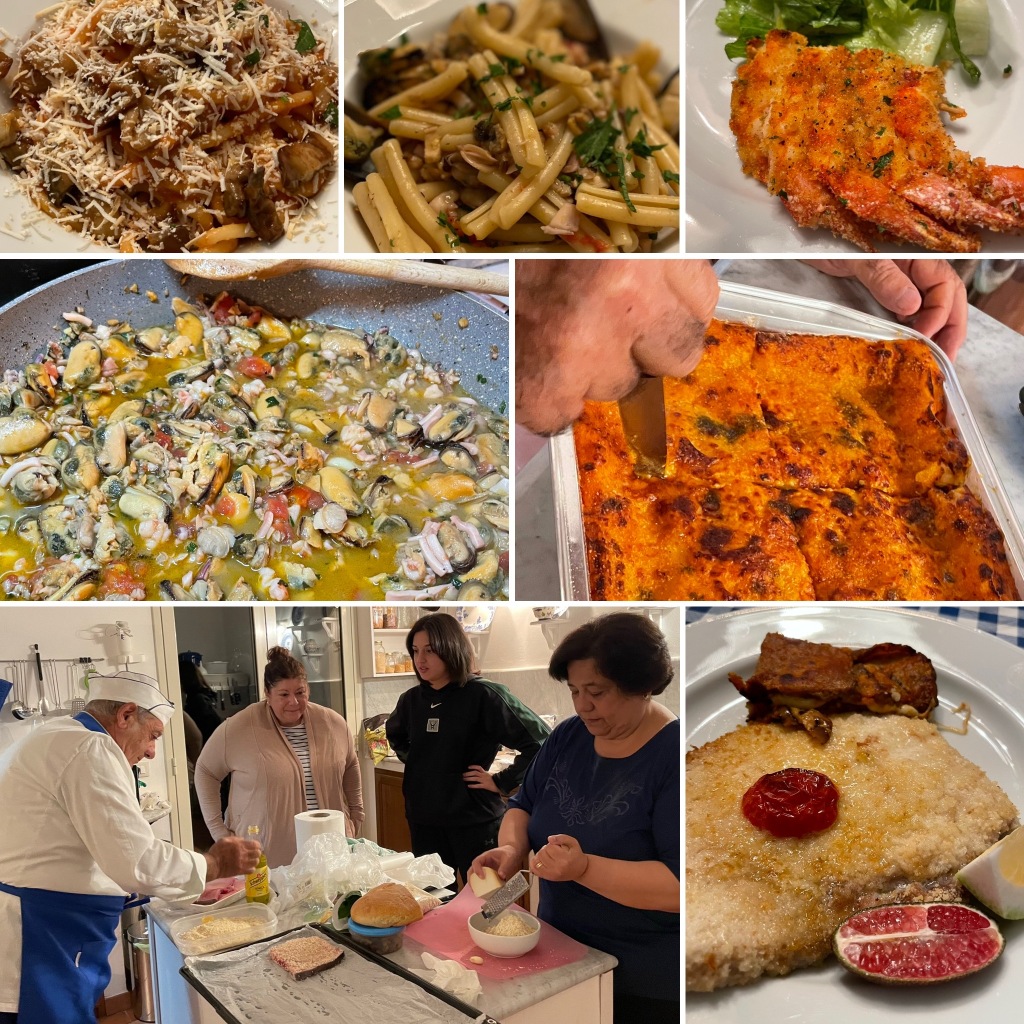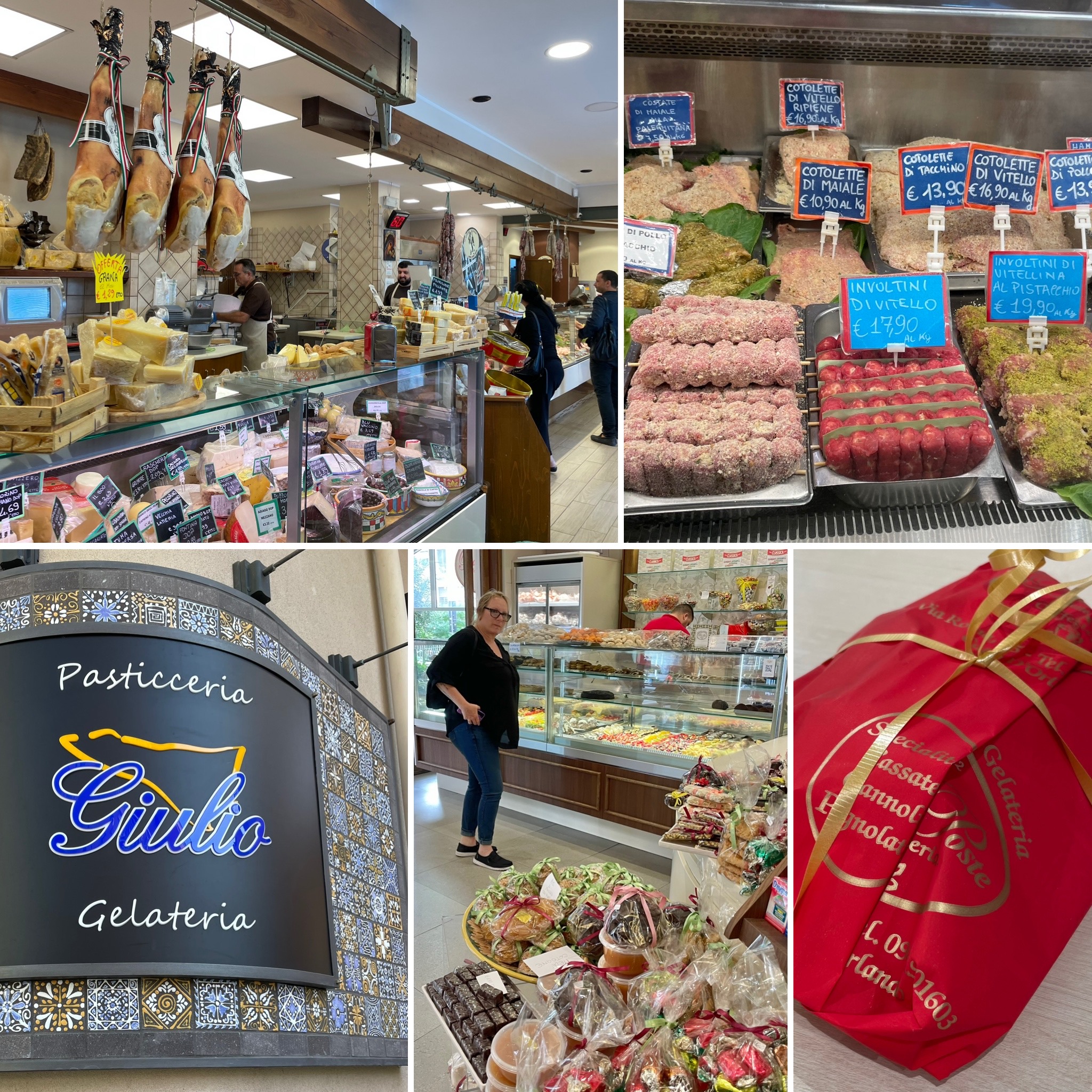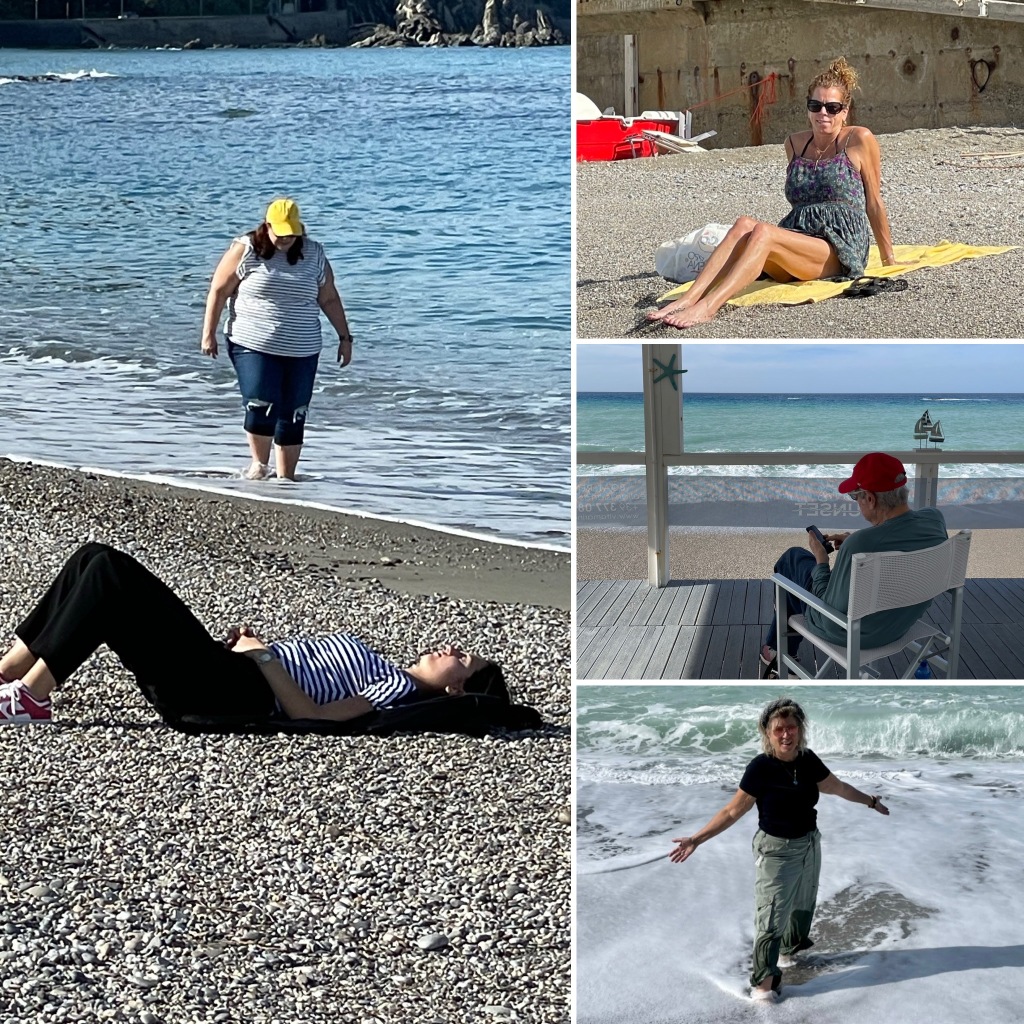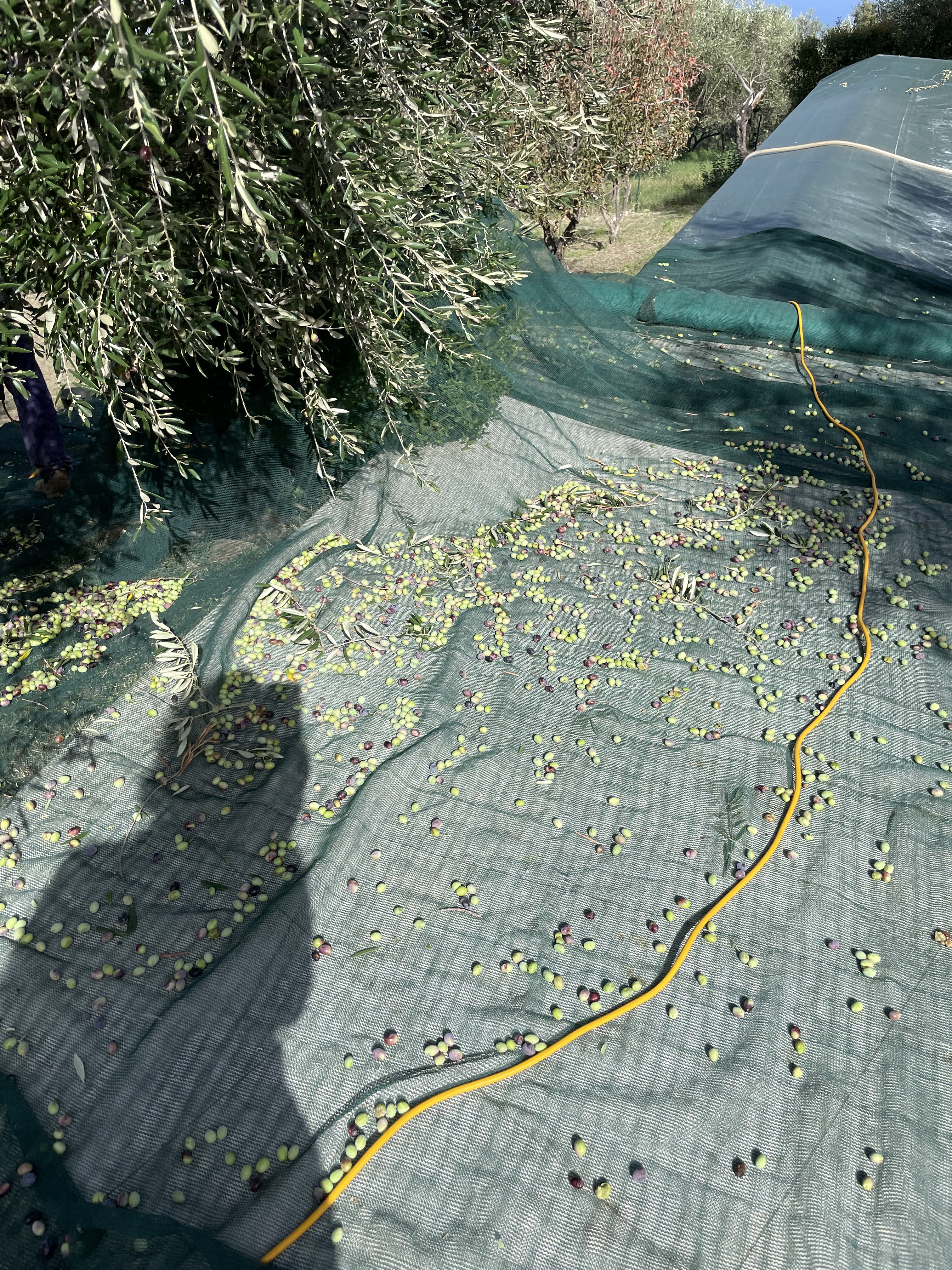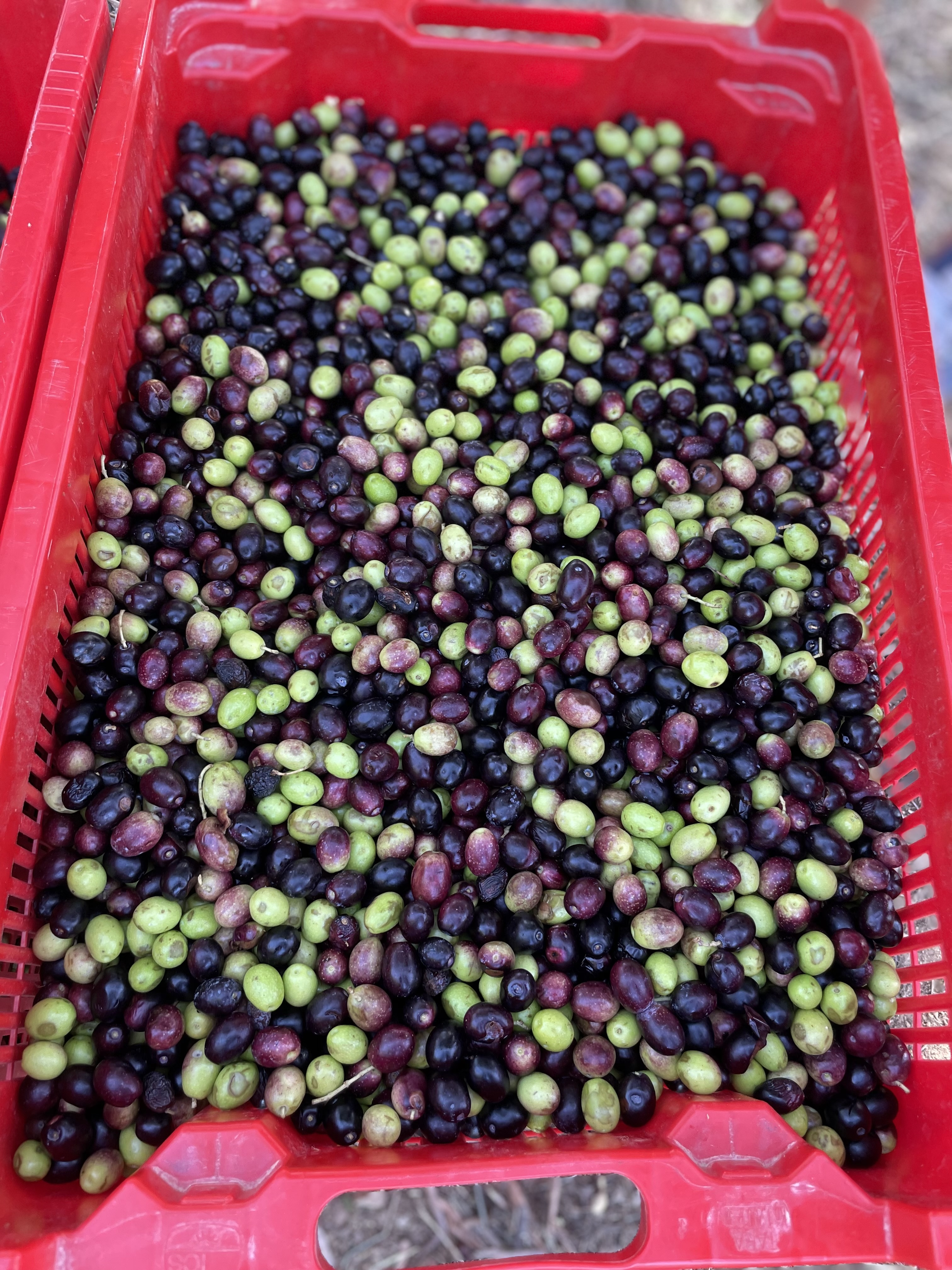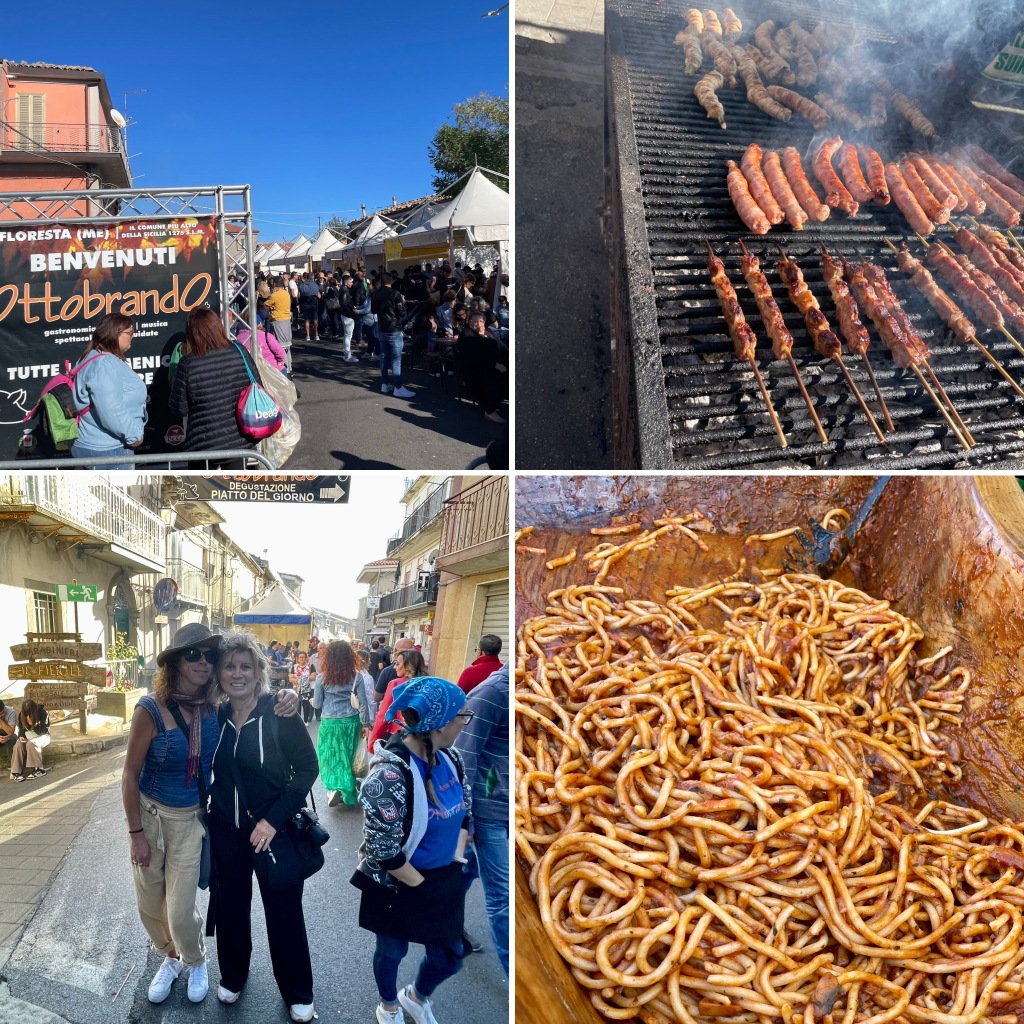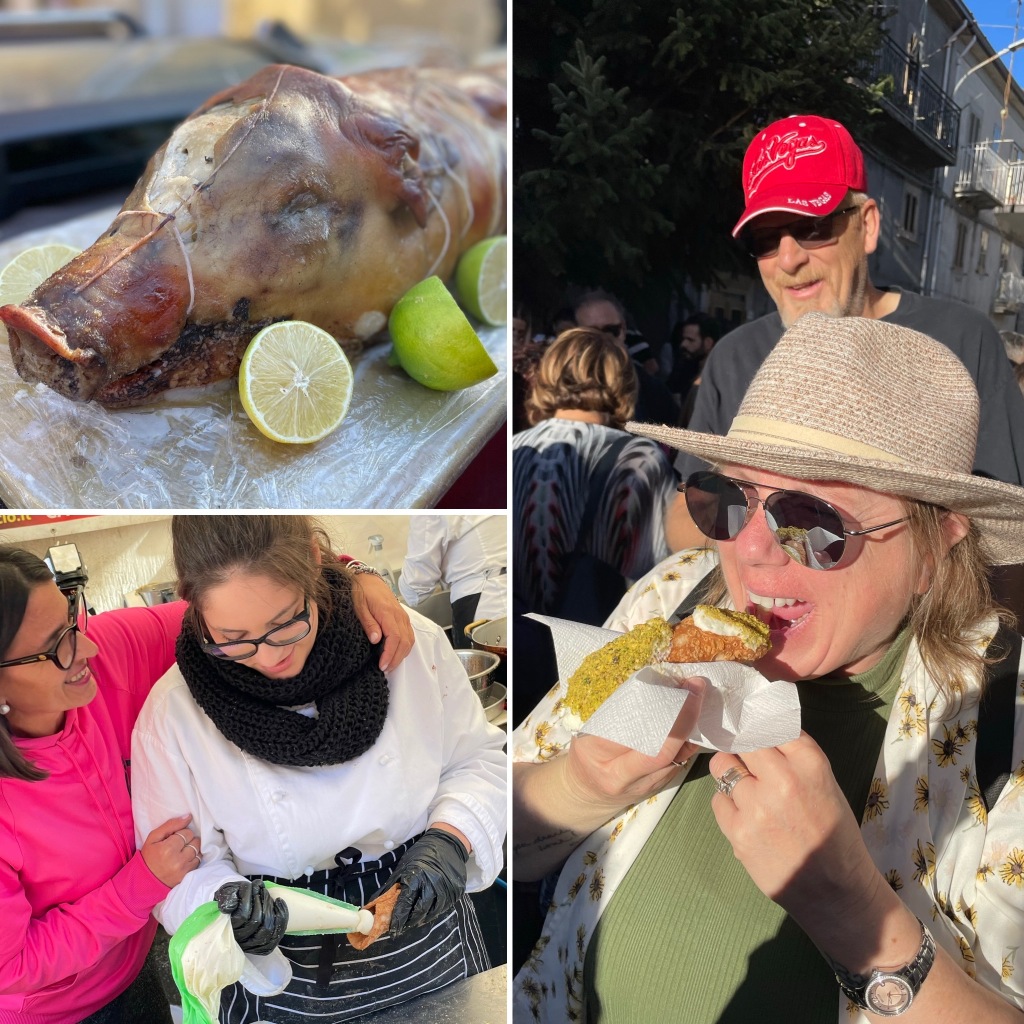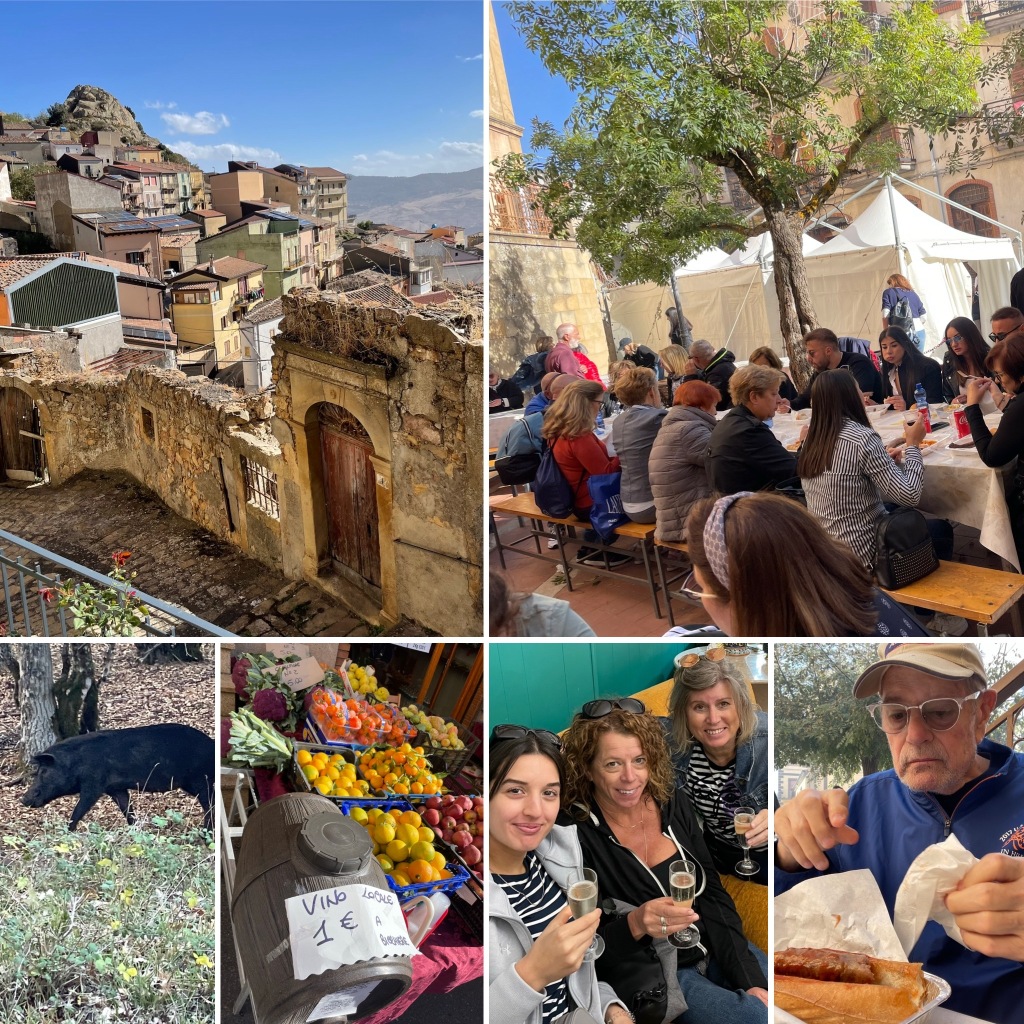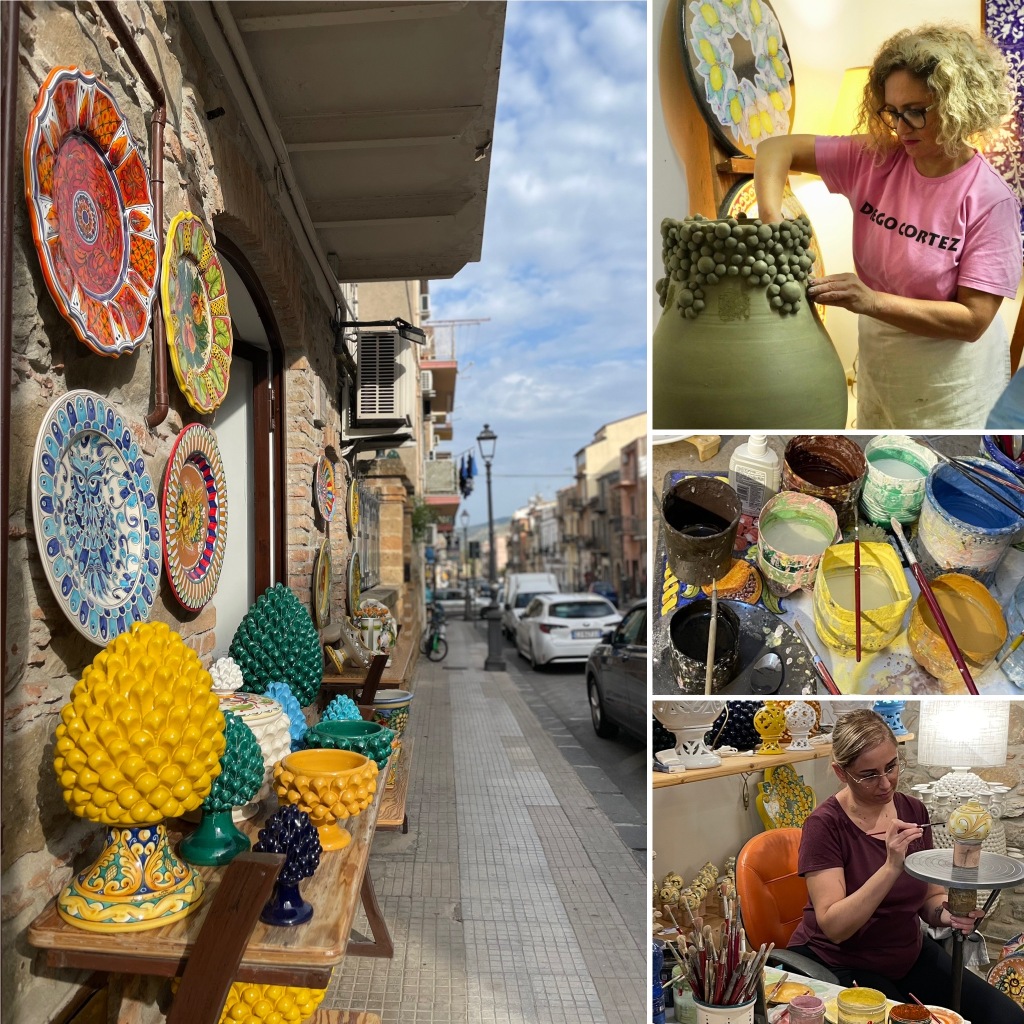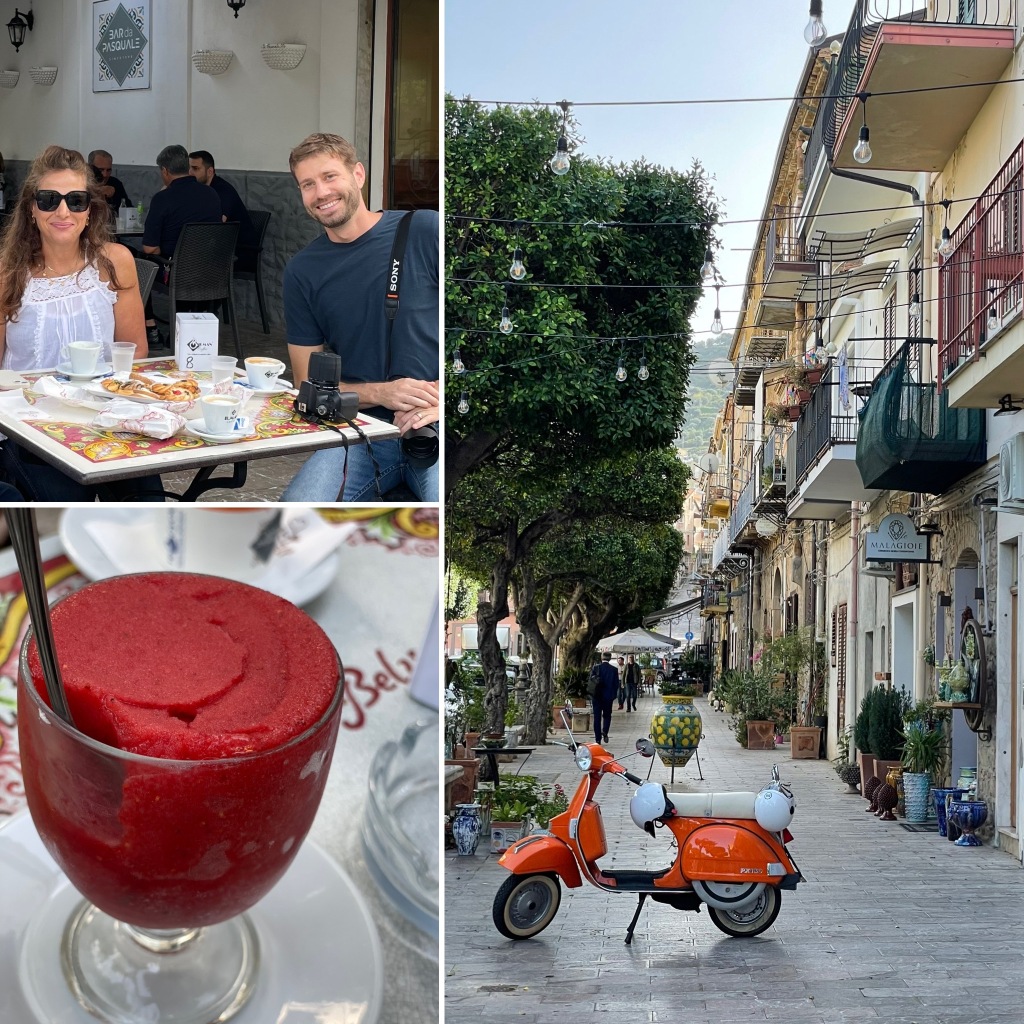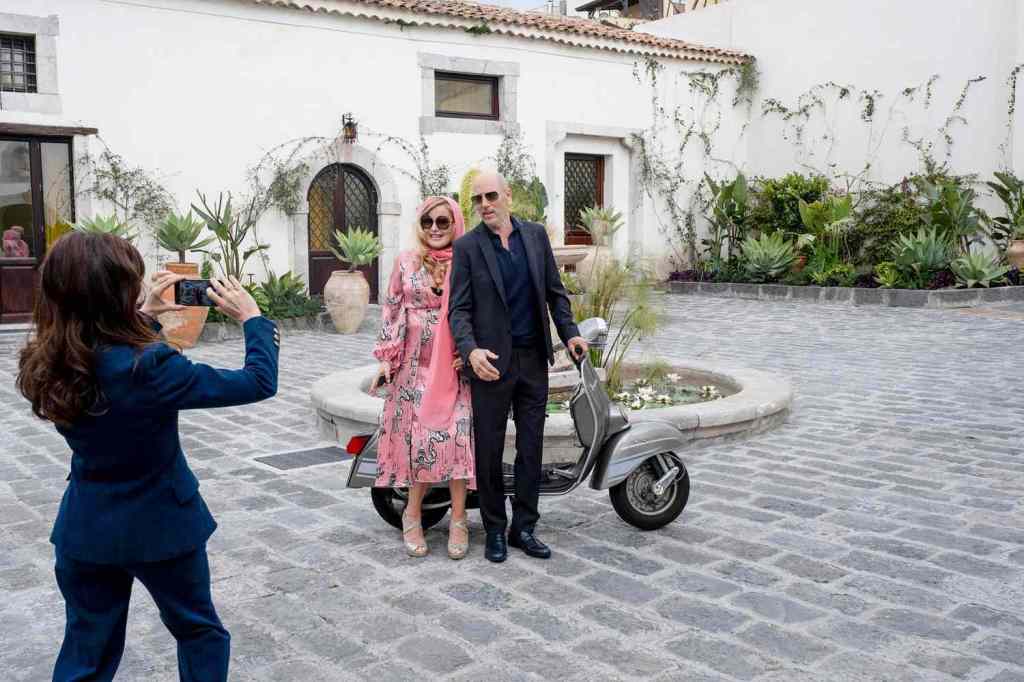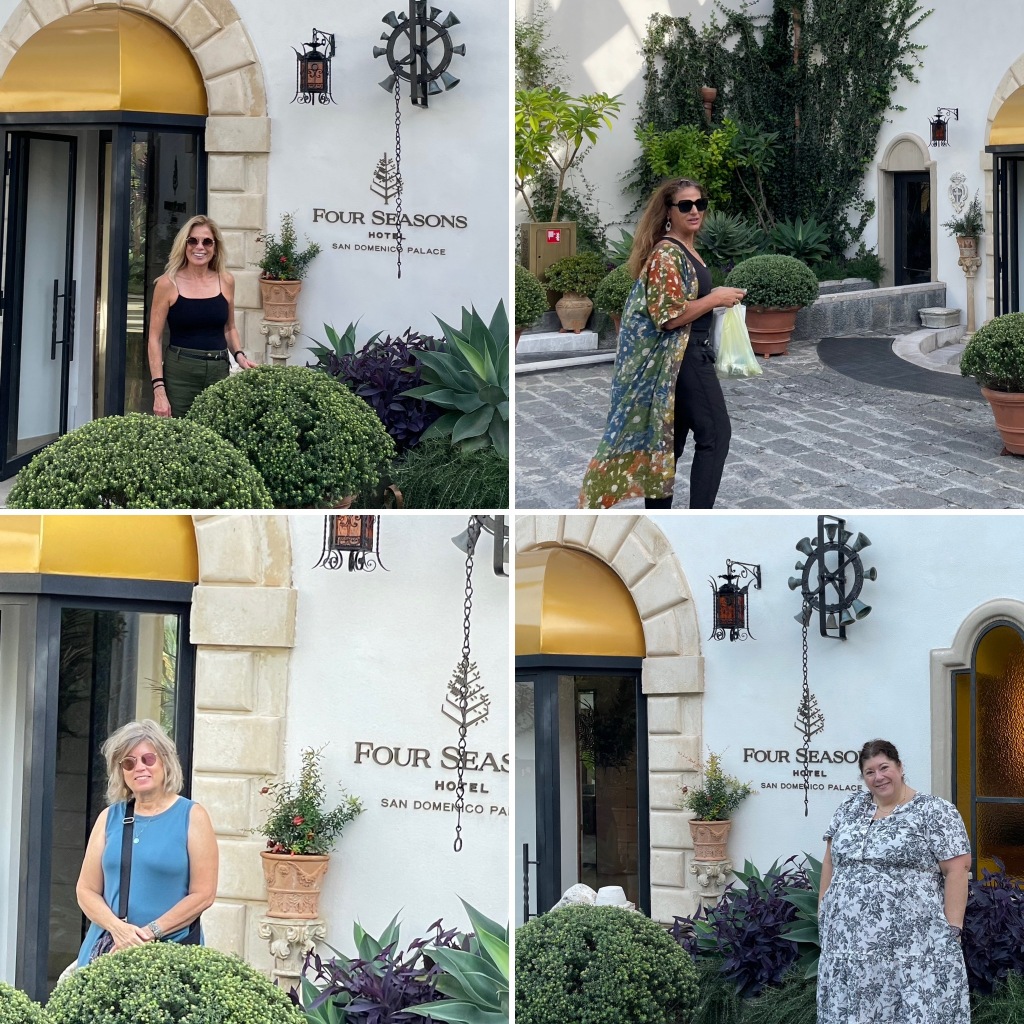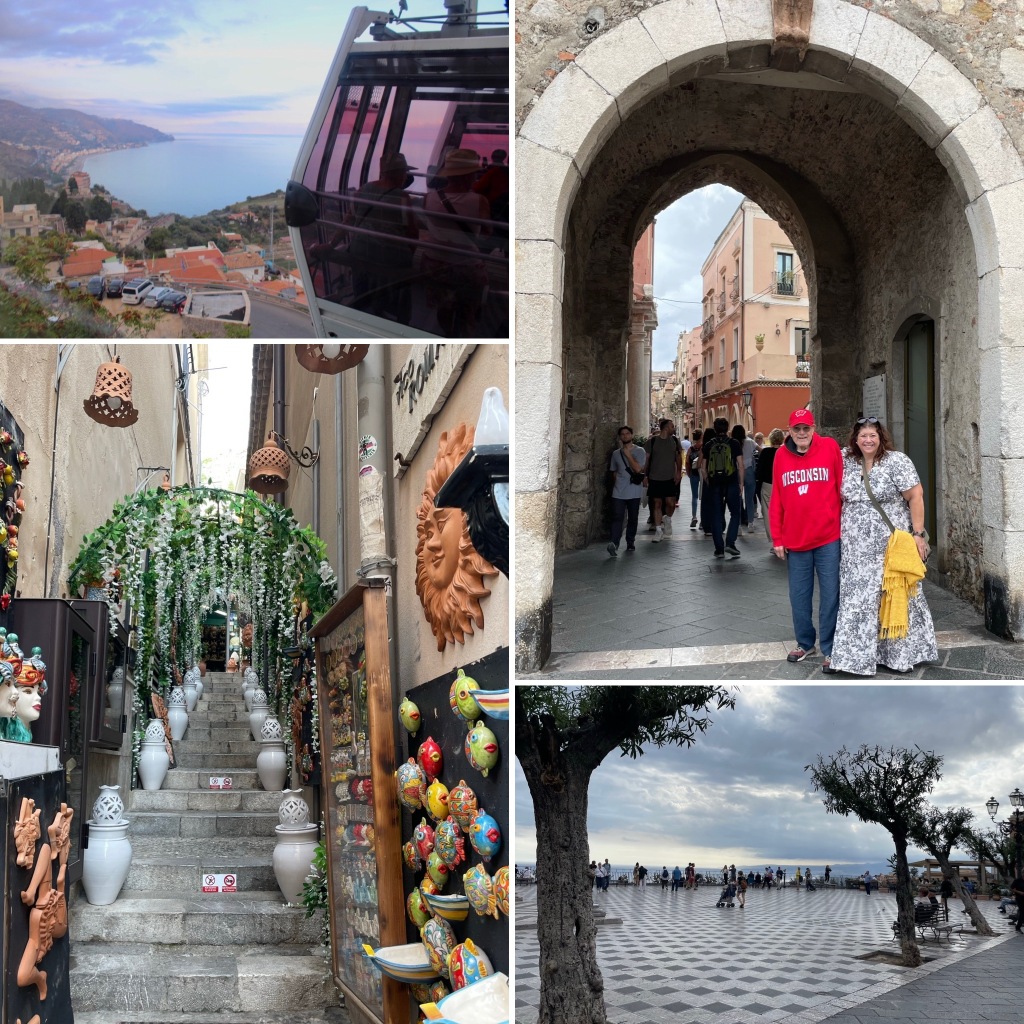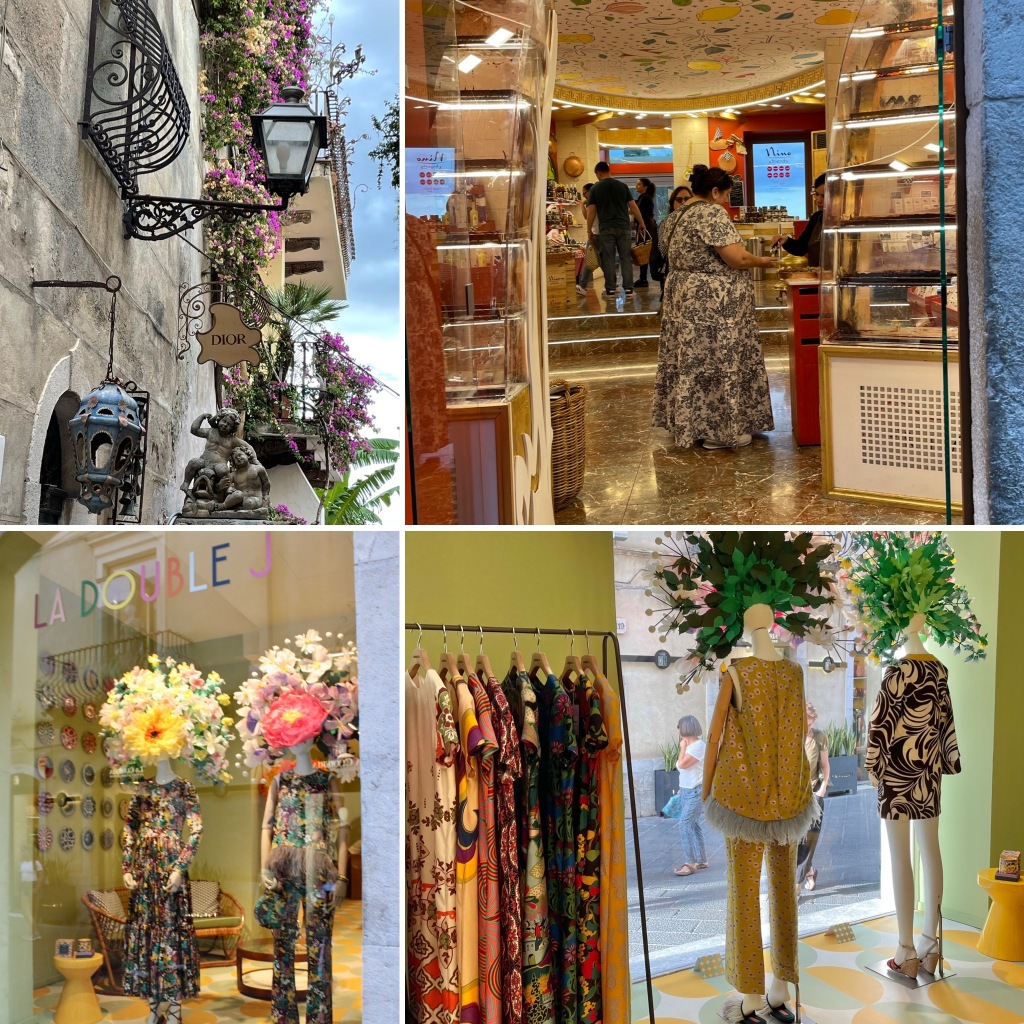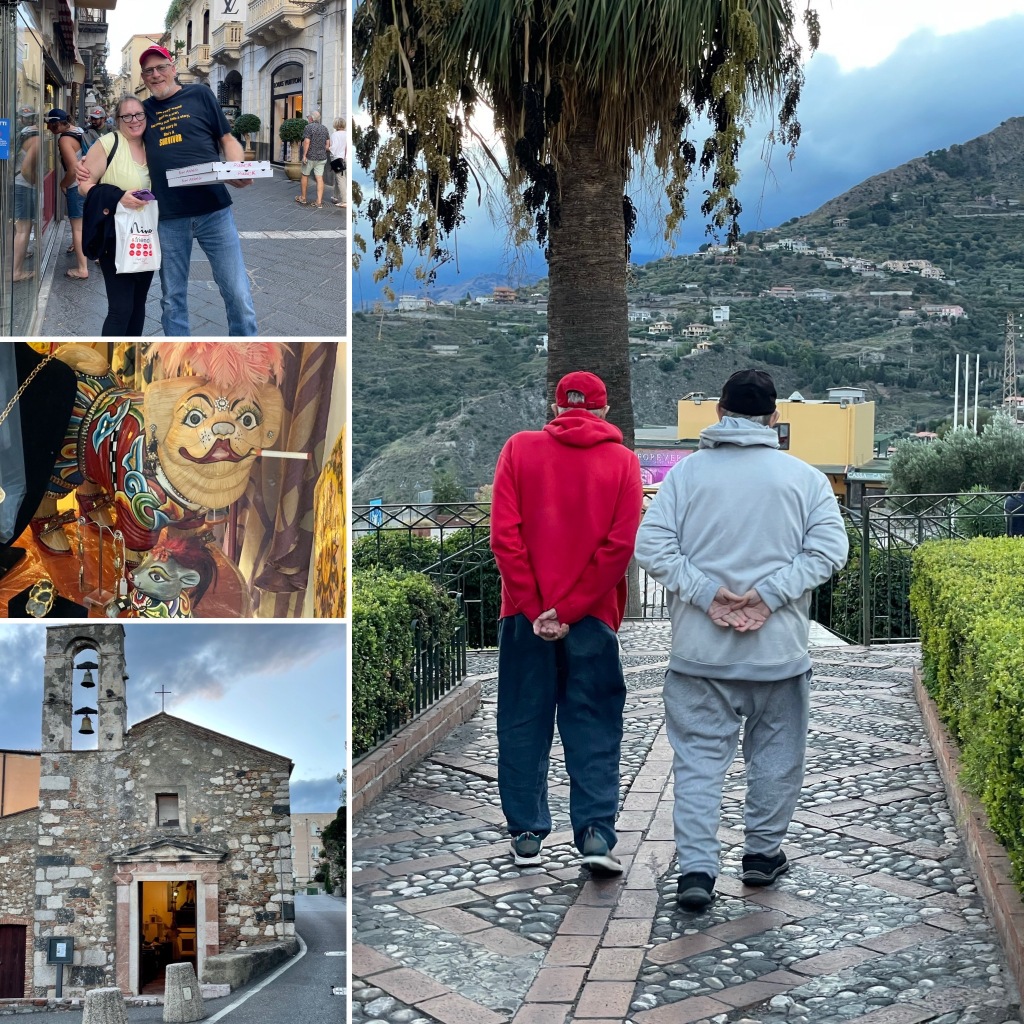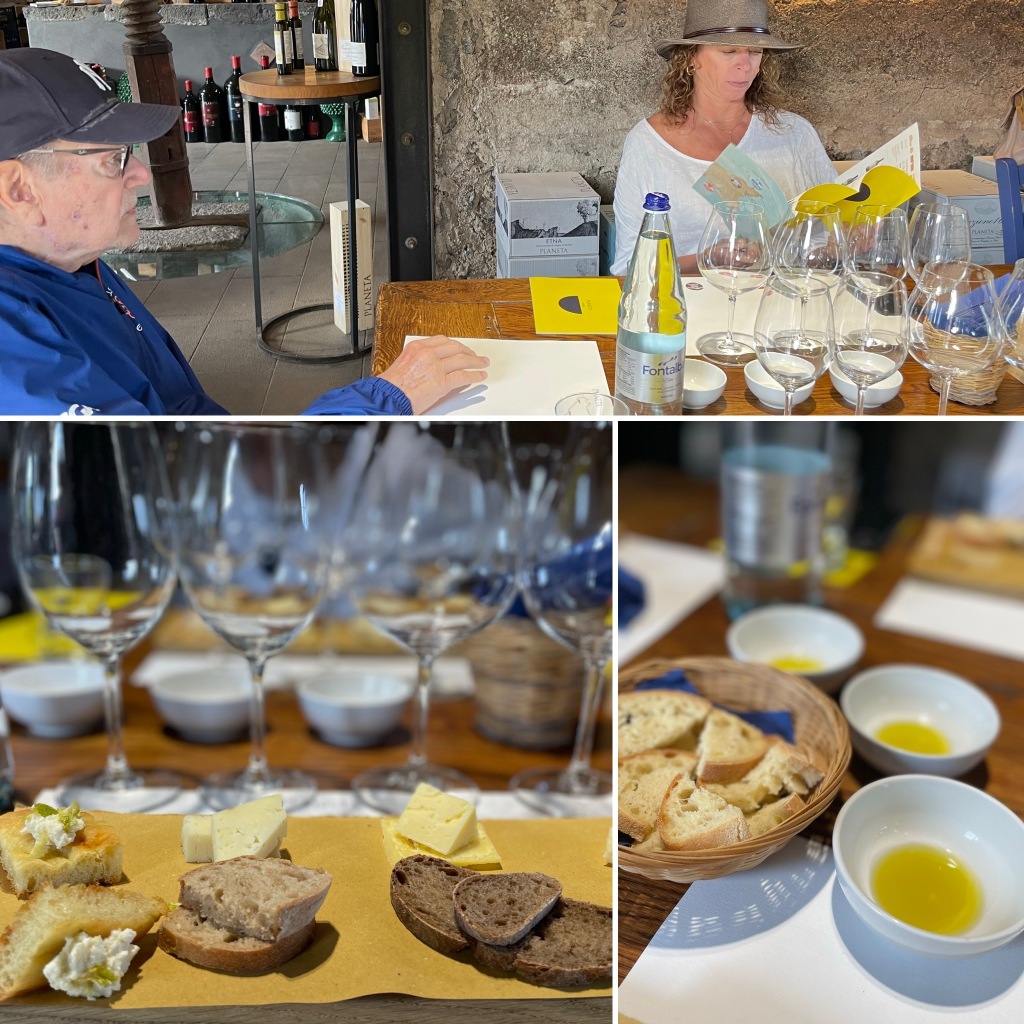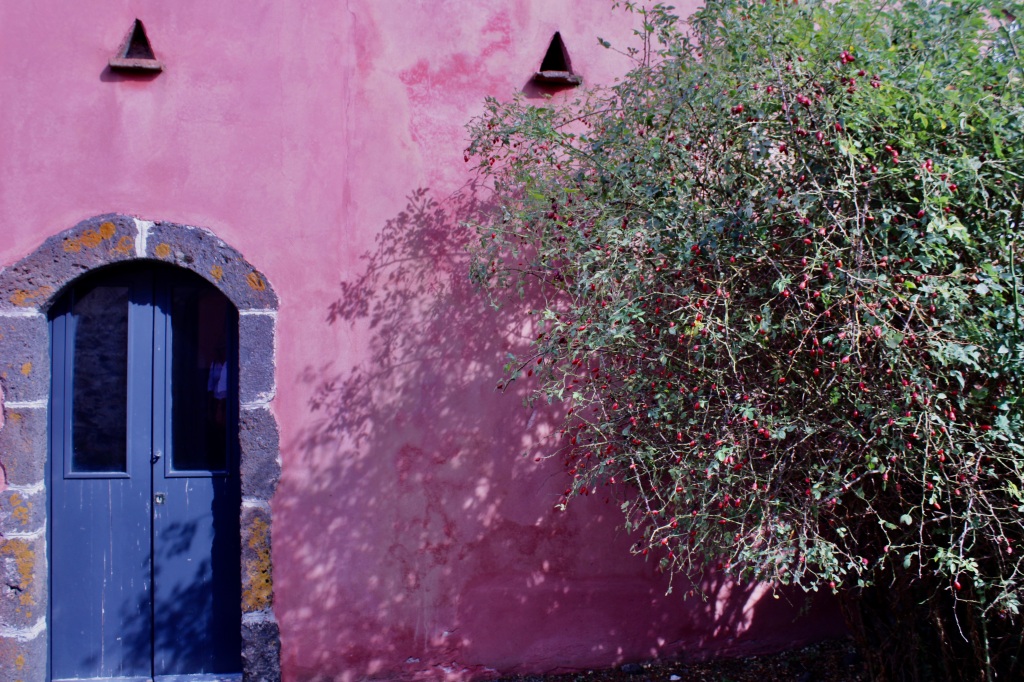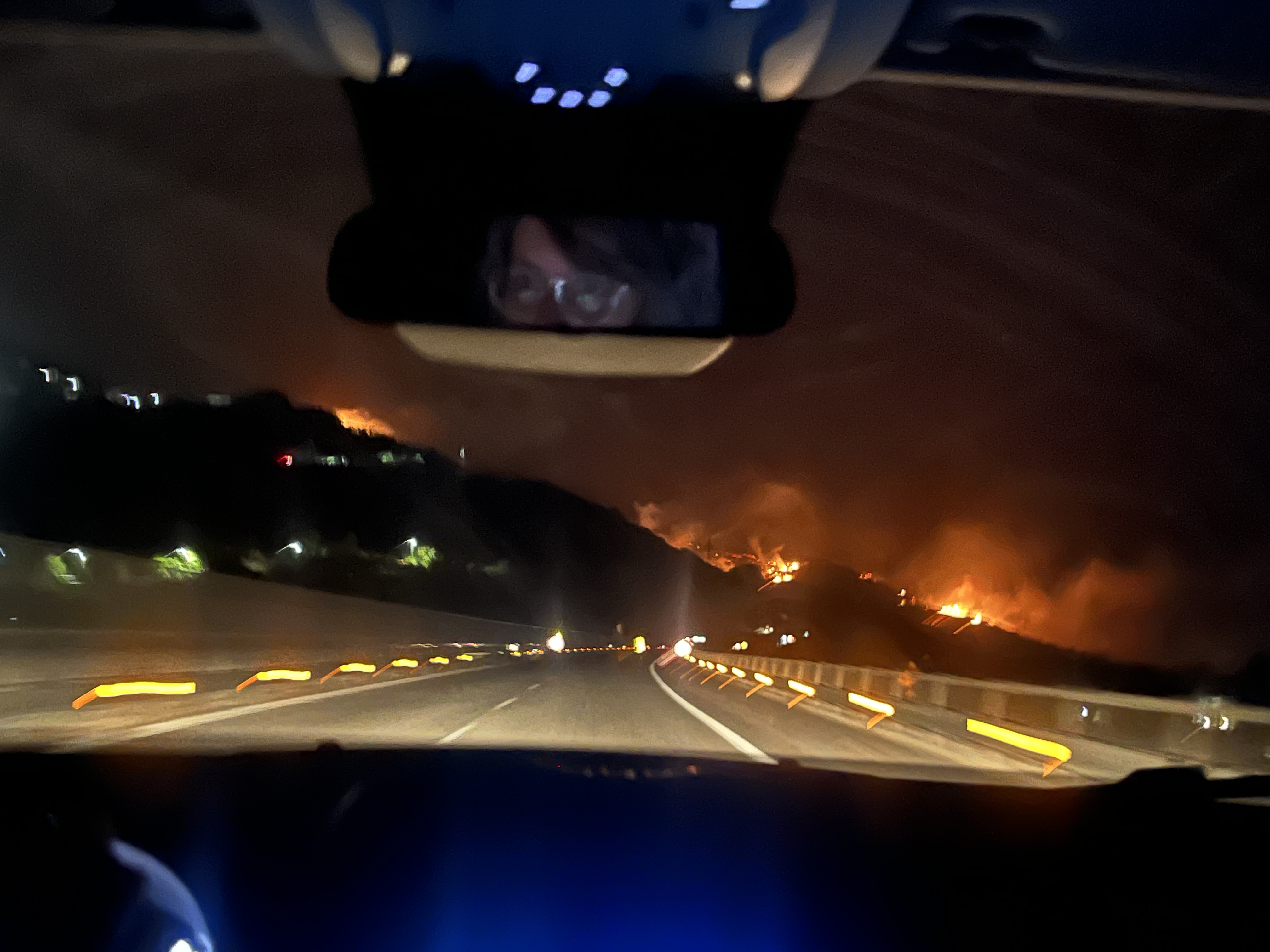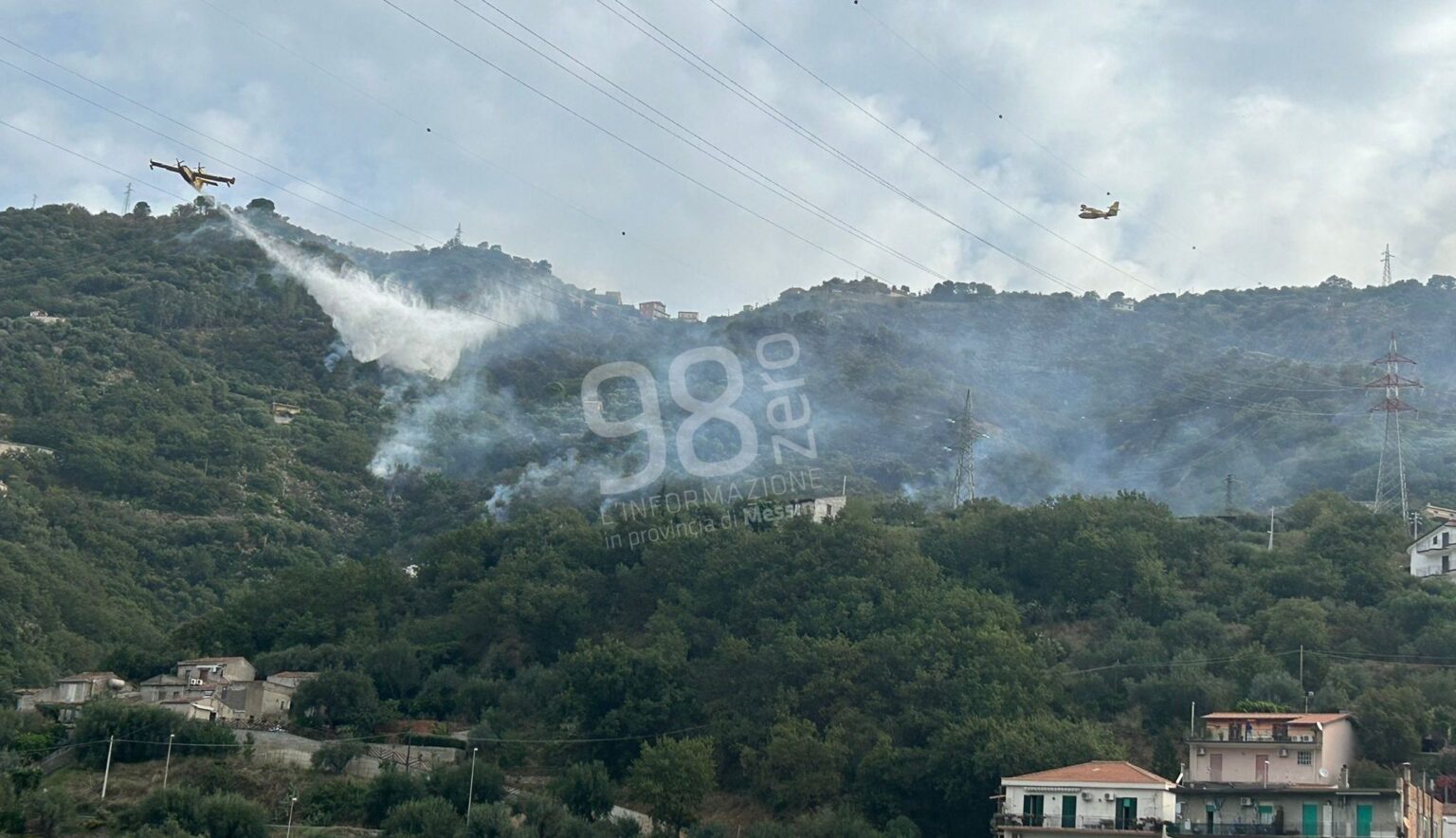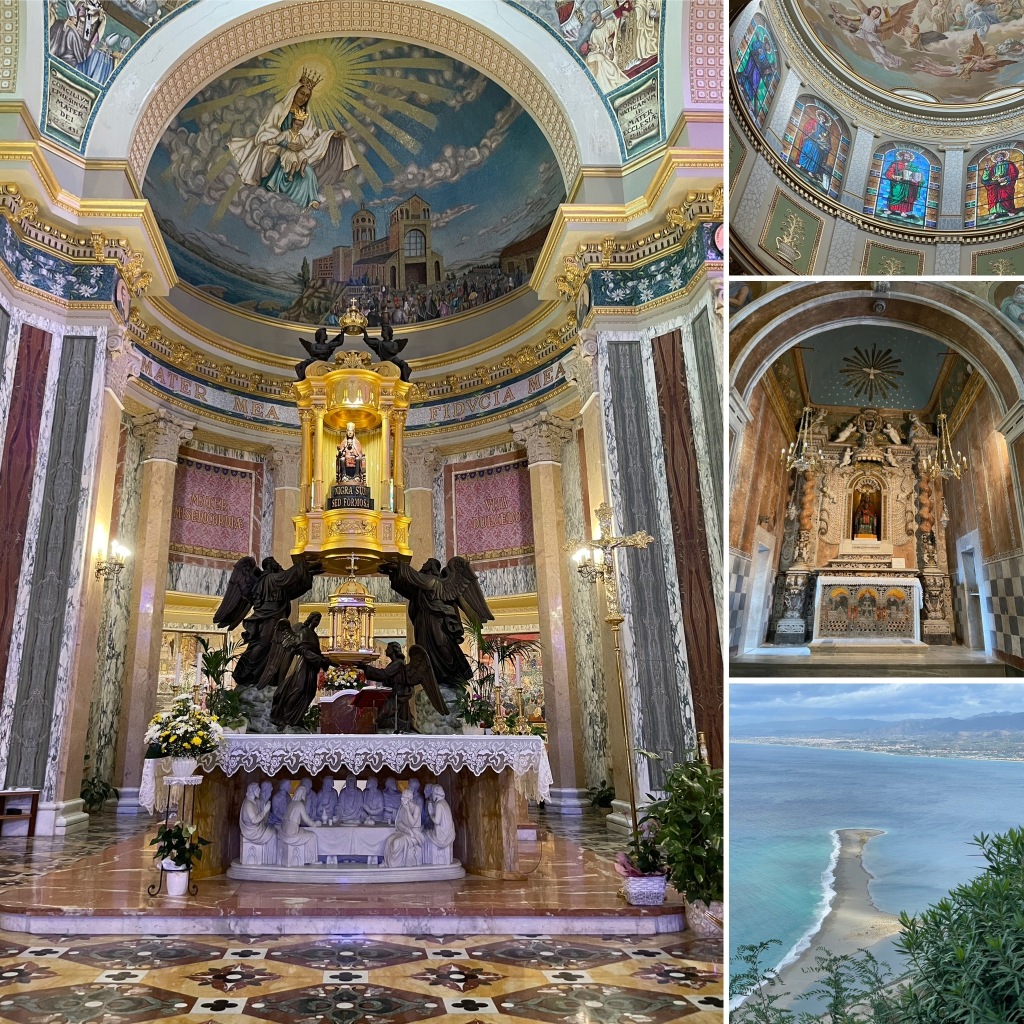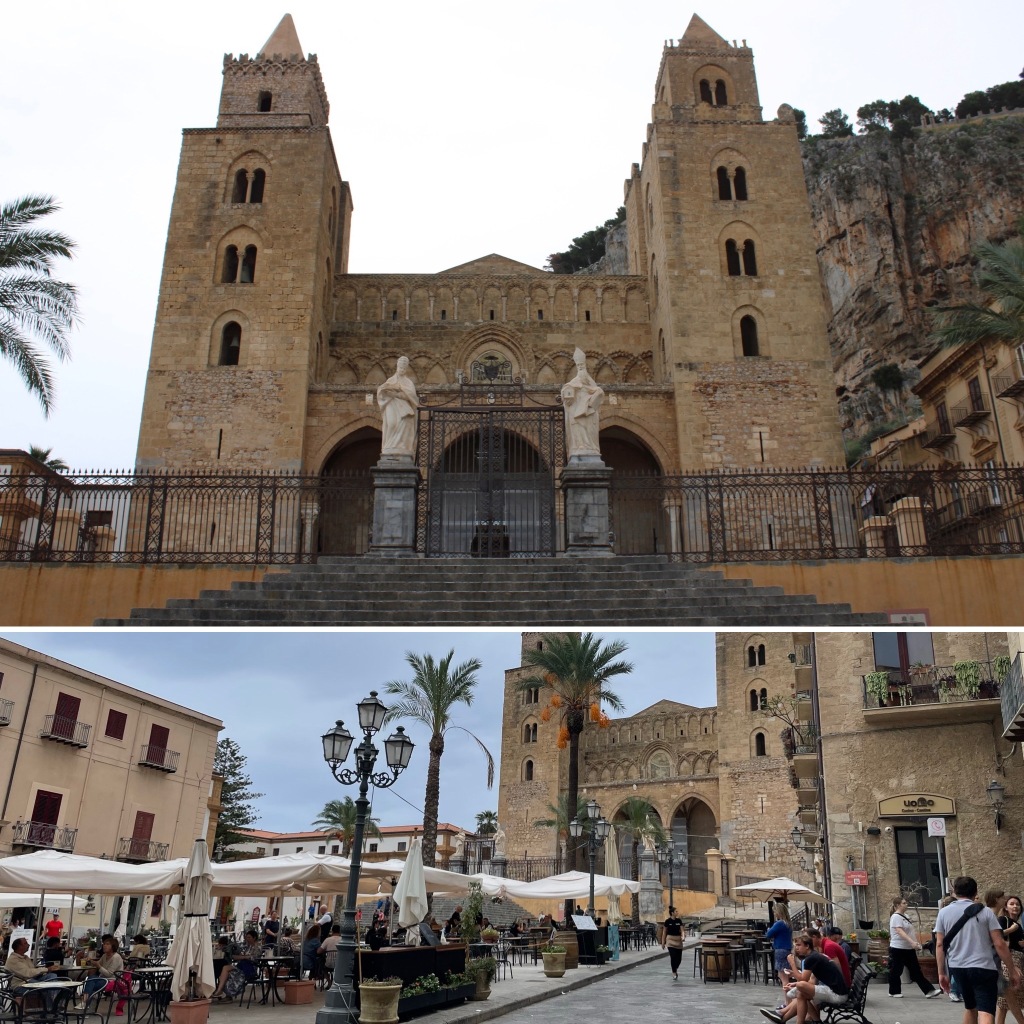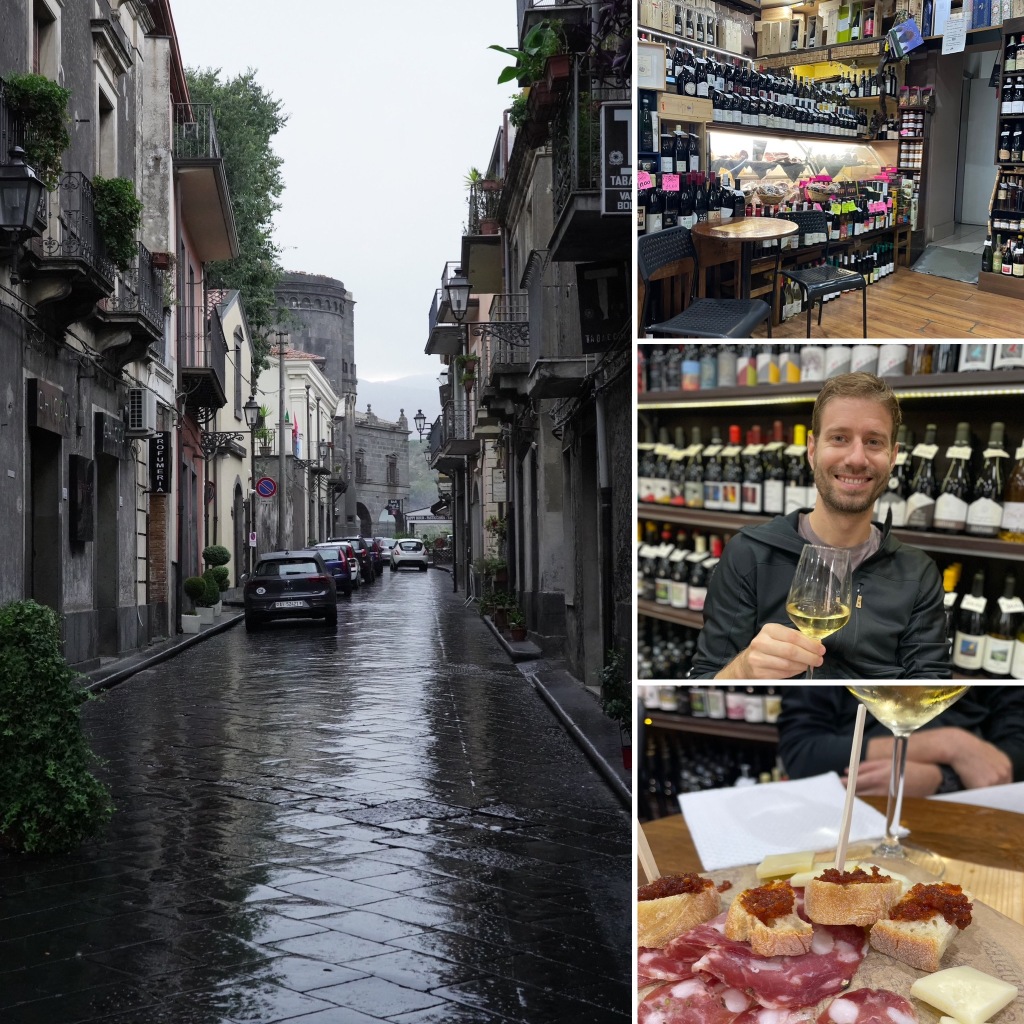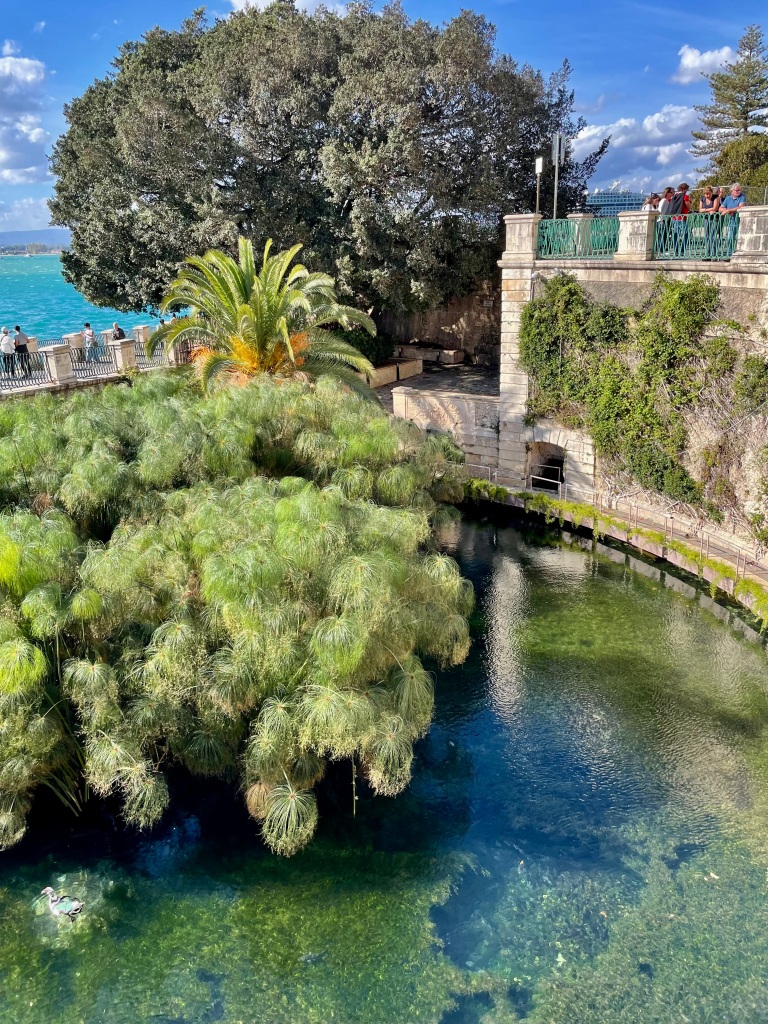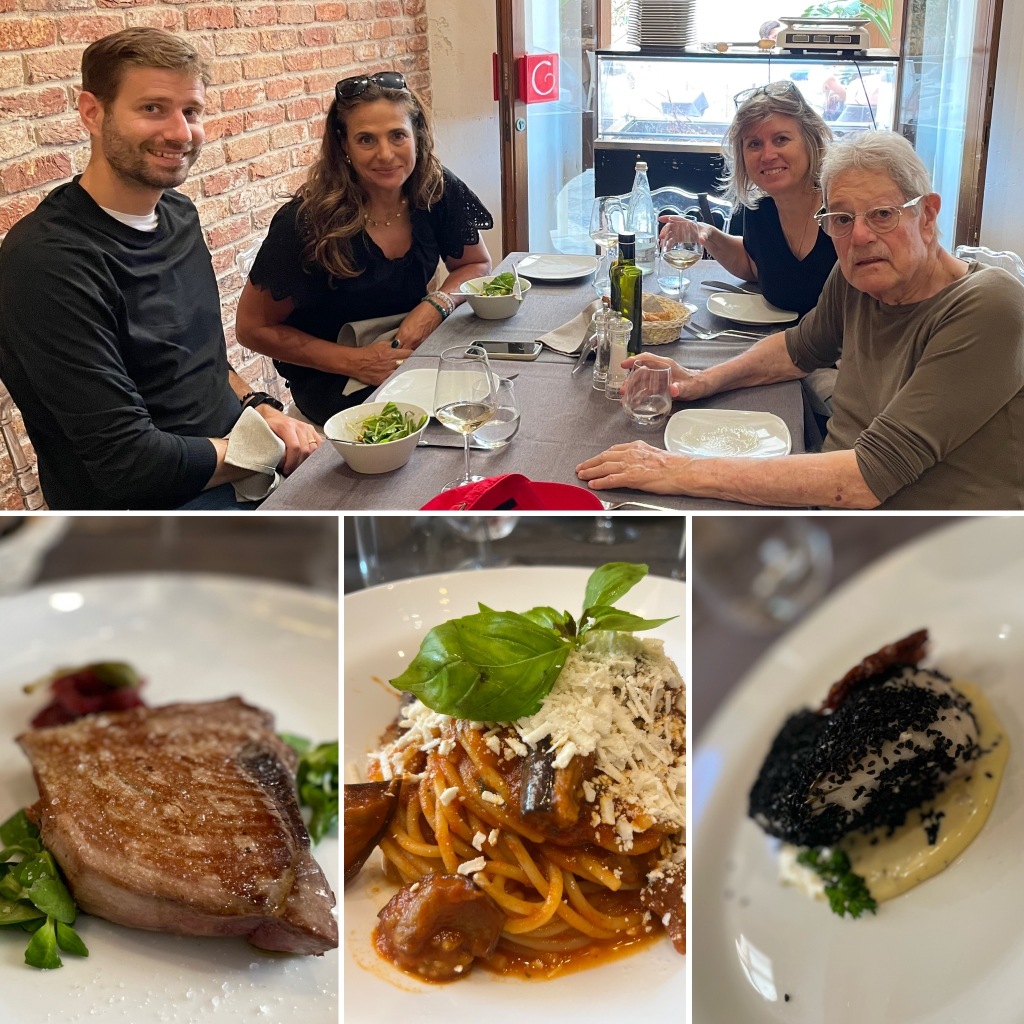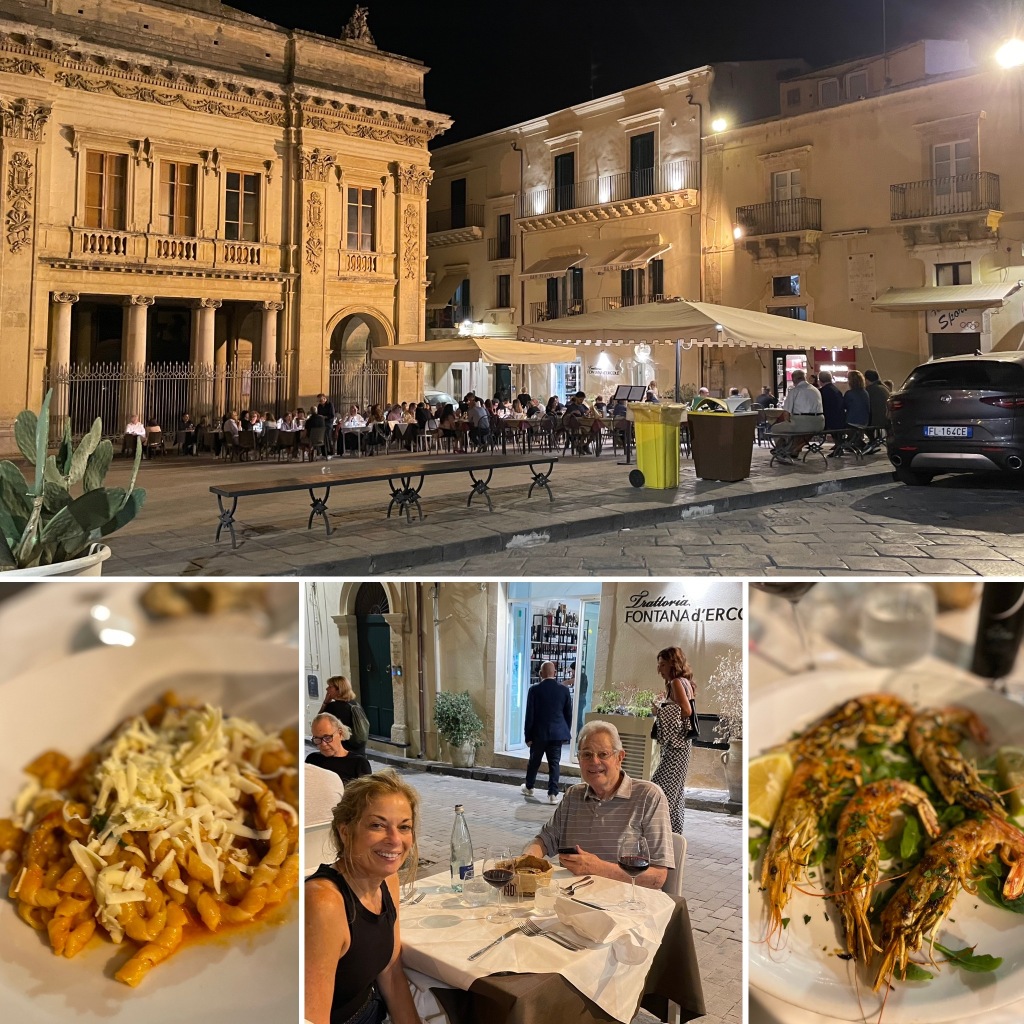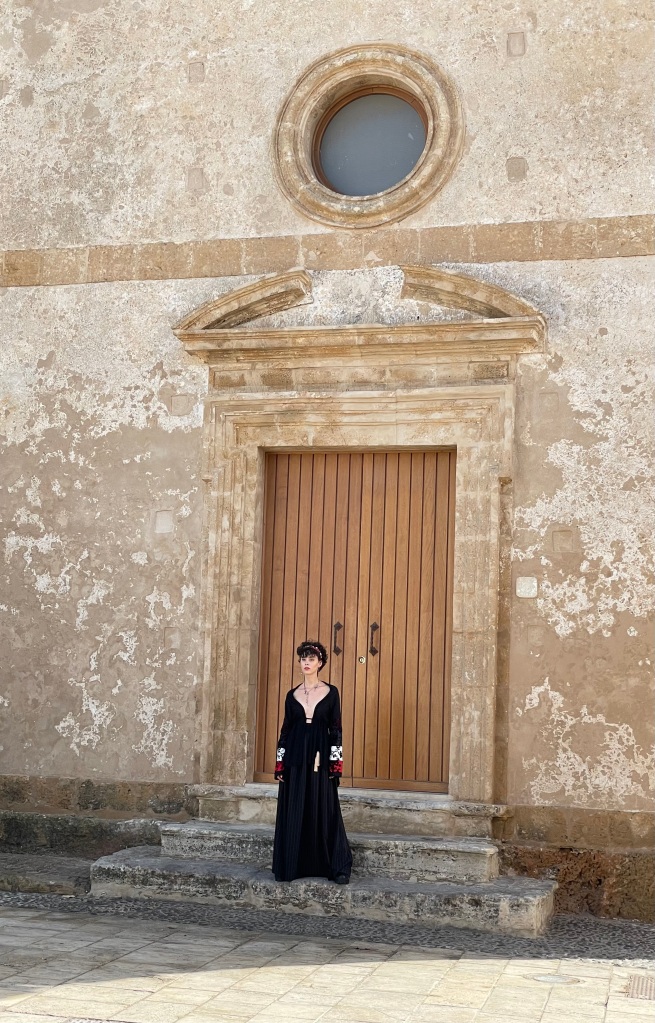

So proud to honor my grandmother’s legacy as Frank and I are now dual citizens of Croatia and official Croatian/European Union passport holders!
Why Croatia? I am a mixture of many ethnicities but, growing up, I was very close to my mom’s mother. Anne Zetich Dunn was a strong woman and wonderful role model. Obtaining dual citizenship creates a tangible link, permanently and officially connecting our family to her homeland and history.
Anne spent most of her childhood in Donji Miholjac, a small village near the Hungarian border. She was five when her parents came to the United States. Anne remained back (in what was then Yugoslavia), under the care of her grandmother. She had happy memories of her childhood and spoke of picnics and swimming in a river. Her grandmother would help care for the King and Queen’s children at a summer palace, which was located in their town. Anne would tag along and play with the young princes and princesses.
Her parents came back for her when she was ten. Anne did not want to leave her grandmother and the only home she had ever known. She tried to run away several times before the family boarded a ship and set sail for the United States. They arrived in Key West, Florida, via Havana, Cuba, on the SS Cuba on June 29, 1921. The family made their home in Milwaukee.
As a young woman, Anne rented a small room near her workplace, Holeproof Hosiery. She became good friends with her landlords’ daughters, Lucille and Marie. My mom remembered a story about Anne and Lucille climbing out the bathroom windows of speakeasies to escape Prohibition police raids! Her landlords also had a son, John Norman (Nor), who was in the Merchant Marines. When he came home from the service, Anne and Nor met and fell in love. The couple married in 1936 and had four children — Sandra (my mother), Judith, Carole and Robert.
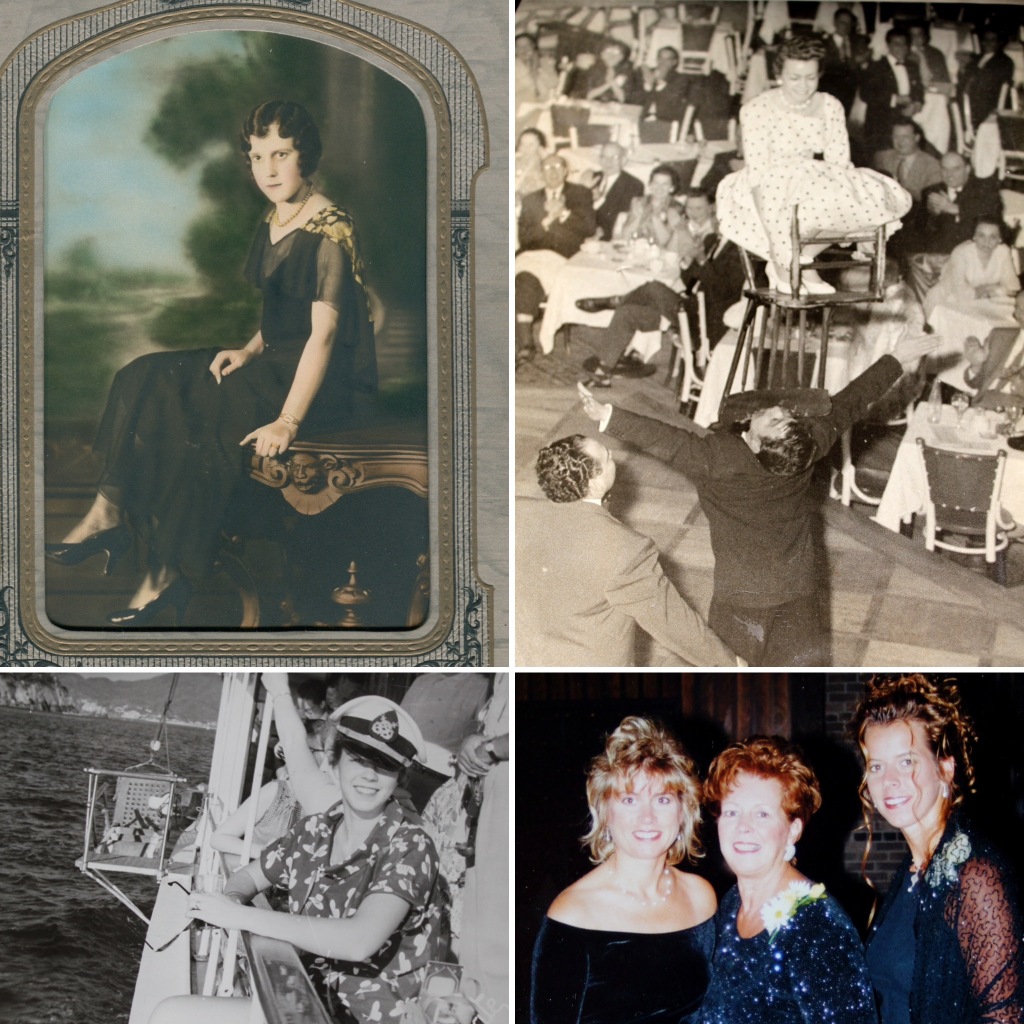


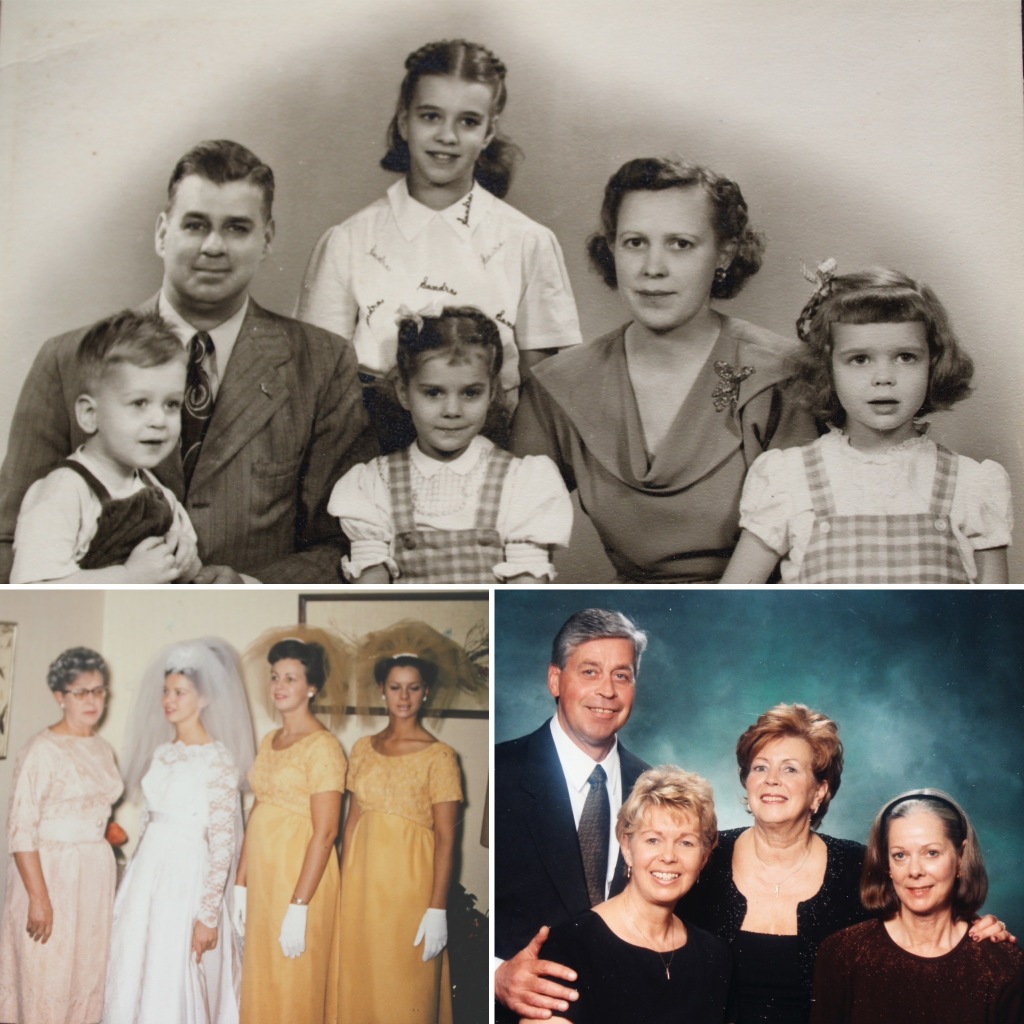
Nor died tragically of a heart attack when their youngest, Bob, was only 3, leaving Anne to raise their children on her own. Their apartment manager kicked them out, “How can a woman with four kids manage to pay rent?” But Anne was strong. She got a job driving a delivery truck for Metal Treating (16th and Pierce) and the family moved into a family cottage on Friess Lake.
My mom recalls that time, “Mother had to drive back and forth to work every day. She loved driving and really enjoyed her job. When fall came, she enrolled Bob in daycare and we all drove with her to school. We lived at the cottage until early December when the priest at St. Leo’s persuaded the owner of an upper flat to rent to us. Good thing, too, as it was getting pretty cold at the Lake – remember, we had a hand pump inside for water but no indoor toilet, and an oil burning stove for heat.”
She continued. “It was a matter of pride for my mother that she never went on welfare. We never had much money but there was always good food on the table and a lot of love.”
Anne never completed high school but insisted on a good education for her children. All of them attended Catholic grade school (St. Leo’s) and graduated from Catholic high school (Messmer).
My mom was the first of Anne’s children to marry. Anne was disappointed when the newlyweds bought a house in “far away” Brookfield. As the area and population grew, however, Anne was soon making deliveries out west. My father was a patrolman at the time. Every time he’d see her truck coming through Brookfield, he’d flip on his squad car lights and siren and pull her over. It unnerved but made her laugh her every time.
As a grandmother, Anne was kind and generous. She worked during the week but every Saturday, she would bring us ham and rolls from National T. Afterwards, she and my aunt Judi (and sometimes my mom and I) would go shopping at the mall. Judi and her family had moved into a house down the street from us. We’d love going to Grandma’s house for dinner as she was a great cook. At Christmas, her tree would be decorated with tinsel and she’d spoil us all with lots of presents! My mom said when they were little, they never had a tree until they all woke up Christmas morning because Santa brought it — can you imagine doing it all by yourself in one night while kids are sleeping?!!

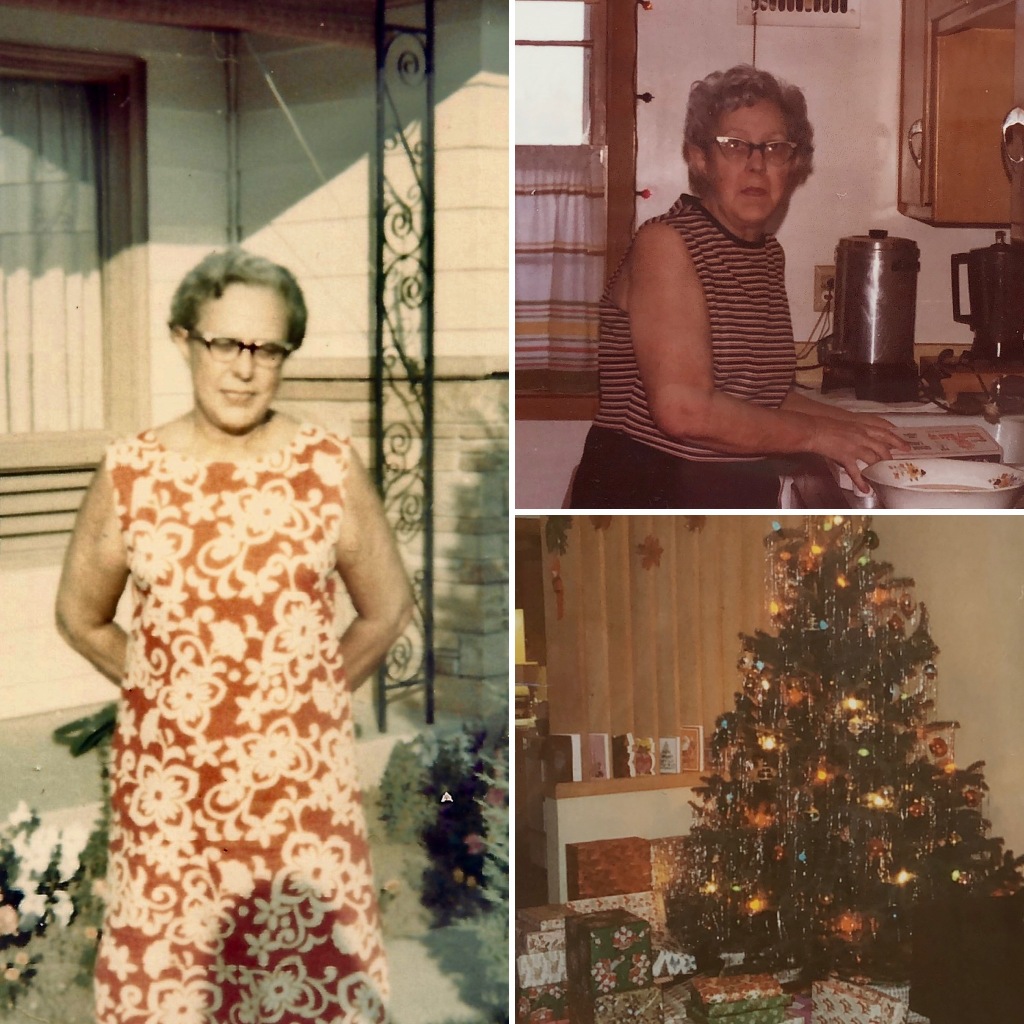
Our family spent a lot of summer days at the Friess Lake cottage. All six of us kids were good swimmers. I loved staying overnight and playing canasta with Grandma and my mom well into the night. I always felt so “grown up.” As I got older, she’d often take me shopping and slip me gas money.
Our family was devastated when Grandma died suddenly in 1979, days before her 68th birthday. I was 18 years old.
* * *
The Process
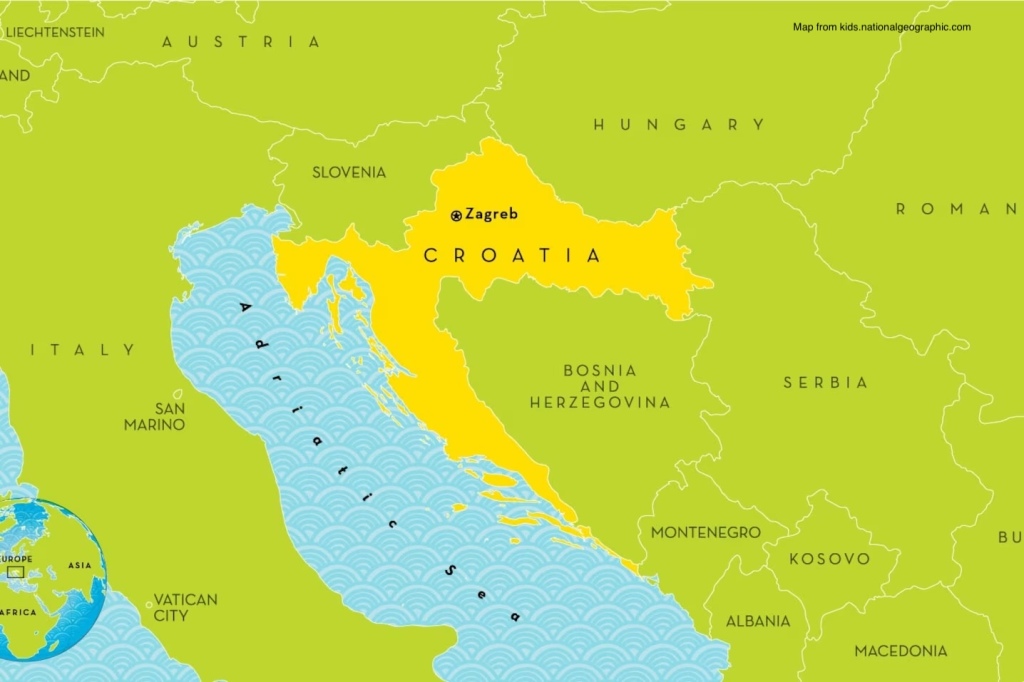
Frank and I planned to visit Croatia just before the Covid pandemic hit. Grounded from travel, I dug into some family history and decided to look into dual citizenship. I briefly considered Italy but the process was confusing, cumbersome and expensive. In addition, potential citizenship for Frank would not extend to me.
The Croatian process, in contrast, was straightforward and — bonus! — Frank and the boys could apply at the same time. The Croatian Consulate in Chicago was so helpful. The government agencies in Croatia (via email utilizing Google Translate) were very responsive and helped me track down birth and marriage records. They were quick to send documentation and, unlike the US, never requested a fee(!).
I ran into one major roadblock a bit closer to home. Requisite marriage certificates document the surname evolution for women; in our case, Zetich to Dunn to Wolff to Busalacchi. No one had a record of my grandmother and grandfather’s marriage and I was stuck on where to look. Relatives their age had all passed away. My mom and Aunt Judi had no clue and my Uncle Bob thought it “might have been at a courthouse?” Milwaukee County had no record of the marriage. Neither did the Archdiocese of Milwaukee. I tried contacting individual churches in the neighborhoods where the families lived. Still, no luck. How could I apply without my grandmother’s marriage certificate? Frustrated, I mentioned my dilemma to someone at the Milwaukee Historical Society. “Have you tried Waukegan, Illinois?” he asked.
It turns out that Waukegan was the Las Vegas of their time. I found this article by Beth Dippel of the Sheboygan County Historical Research Center. Here are some excerpts.

A Chicago-area newspaper headline announced, “Waukegan Nuptials, Not Romantical, but Speedy.” This humorous, if misspelled title accurately characterized the once busy marriage destination of the Midwest. Waukegan was, for decades, a place where eloping was big business — there was no waiting, little cost and no questions were asked…
…The town catered to young people in love. Couples looking to marry did not have to adhere to Wisconsin’s five-day waiting period and this town was just over the Illinois border. Prior to autos being available, the Chicago, Milwaukee and North Shore Electric Railway brought couples directly to Waukegan…
An online search unearthed a Cook County (Waukegan) Marriage Record Request Form. I filled it out and mailed it, along with a check and self-addressed stamped envelope. And then I waited.
The return envelope arrived in our mailbox a couple weeks later. I nervously tore it open.
The mystery was solved! My grandmother and grandfather had indeed eloped and got married in Waukegan — on December 9, 1936 by a Justice of the Peace to be exact! I now had a certified copy of the marriage certificate and could proceed with my project.

With documents gathered, background checks completed and apostilles and translations secured, Frank, Nick, Andy and I submitted our paperwork to the Croatian Consulate in Chicago in September, 2022. We were accepted and received our Domovnica, or certificate of Croatian citizenship, a year later. This week, Frank and I are in possession of our new passports.
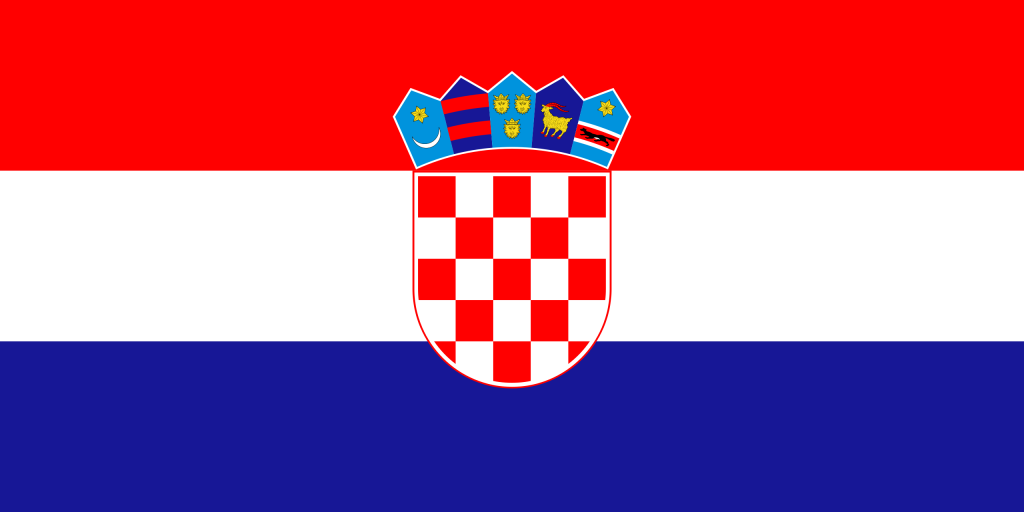
I would love my Grandma to have met Frank and the boys but through this project they got to learn about her and will forever be connected to the country where she came from. Meanwhile, we’ll get back to planning that trip — but now, we will be able to arrive as citizens.






